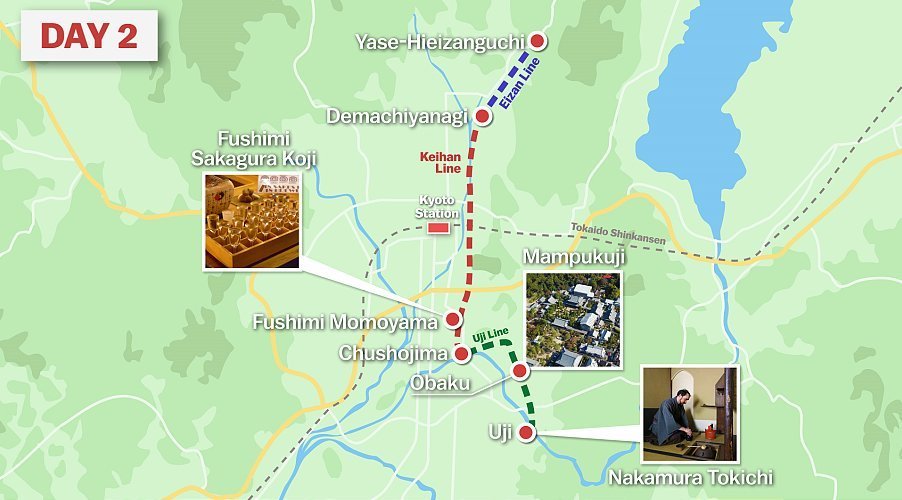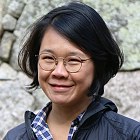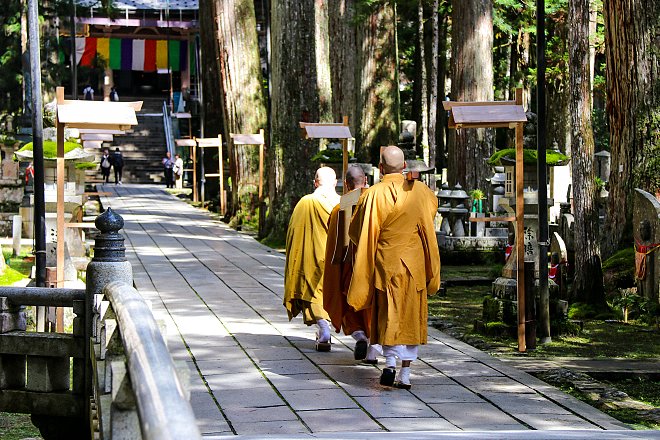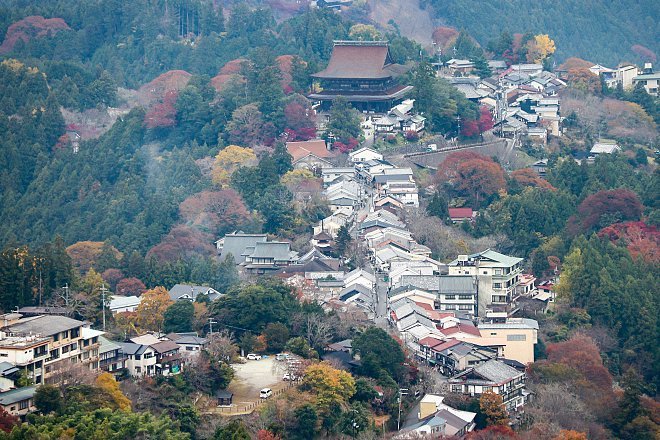Exploring mountains, tea and sake around Kyoto
Located in the mountains northeast of central Kyoto, Hieizan is a deeply revered mountain on which Enryakuji Temple was built over 1200 years ago. As the head temple of the influential Japanese Tendai Buddhist sect, both the mountain and the temple have become synonymous with one another over the millennium. Hieizan is a place with a long history, and its location provides a conducive environment for those who wish to reflect and contemplate. Over in the south of central Kyoto, Uji and Fushimi are two areas that are known for their quality tea and sake respectively. Visitors to these two places can enjoy the contrasting flavours and drinking styles of the two beverages.
On this trip, I spent two days in Hieizan, Uji and Fushimi. The first day was spent entirely on Hieizan with an overnight stay on the mountain, and the second day was spent visiting the sights and attractions in Uji and Fushimi. Luggage forwarding services are available at the airport, and I sent my luggage to my hotel in Kyoto where I stayed after this trip. Doing that allowed me to travel hands-free and not worry about having to handle a bulky suitcase.
Day 1
I began my trip from Kansai Airport and headed straight for Hieizan. Much of the mountain is covered in forest, and there are walking trails that crisscross the mountain and lead to the temple buildings as well as connect to the neighbouring mountain ranges. The plan was to go on a hike and visit the temple buildings along the way, ending the day with an overnight stay at the temple lodging on the mountain.
About 1200 years ago, Saicho, a local Buddhist priest, returned to his home town in nearby Otsu on the other side of Hieizan after being ordained at Nara's Todaiji Temple. Saicho went to China to study more about Tendai Buddhism, and upon his return, introduced the school to Japan and established Enryakuji Temple on Hieizan. Since its establishment, Hieizan has been visited by some founding members of other Buddhist sects, including Zen and Pure Land Buddhism, who initially studied there.
There are three main areas that make up Enryakuji Temple: Yokawa in the north, Saito in the west and Todo in the east. All three areas are connected by road and hiking trails, and I started my hike at Yokawa, continued to Saito before ending at Todo. The hike passed through forest and mountain ridges, providing panoramic views along the way, and it was a good time to reflect as I made my way towards the temple buildings. My hike from start to finish took about three hours, which included visiting the temple buildings.
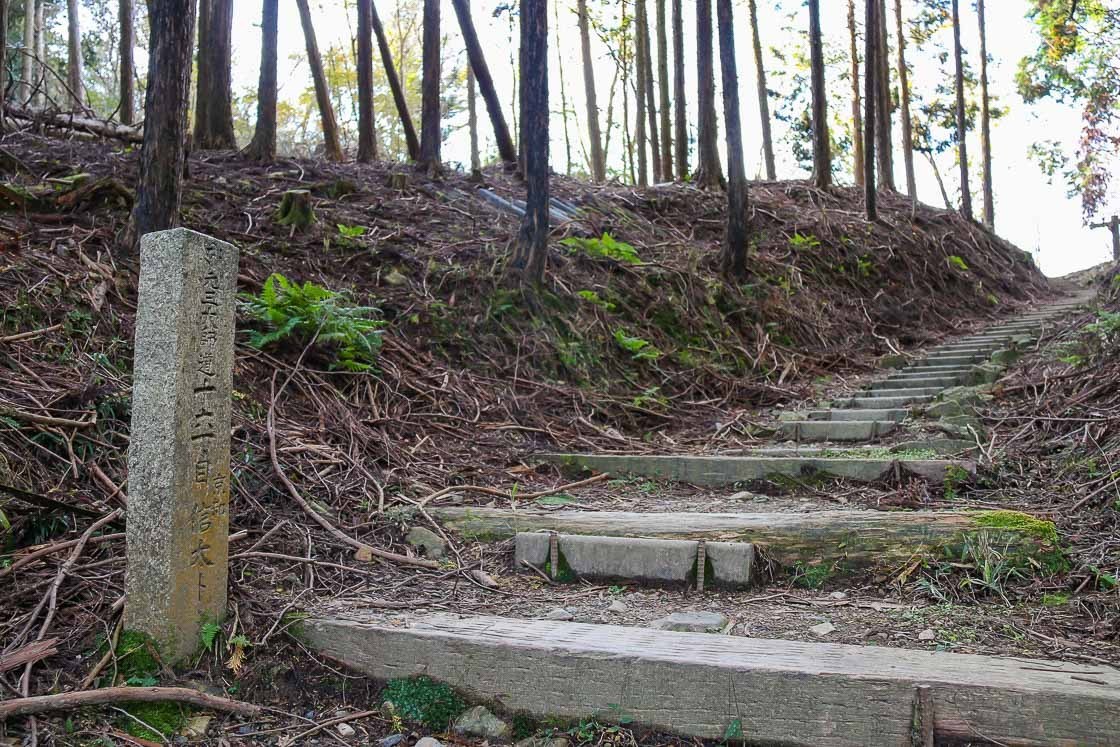
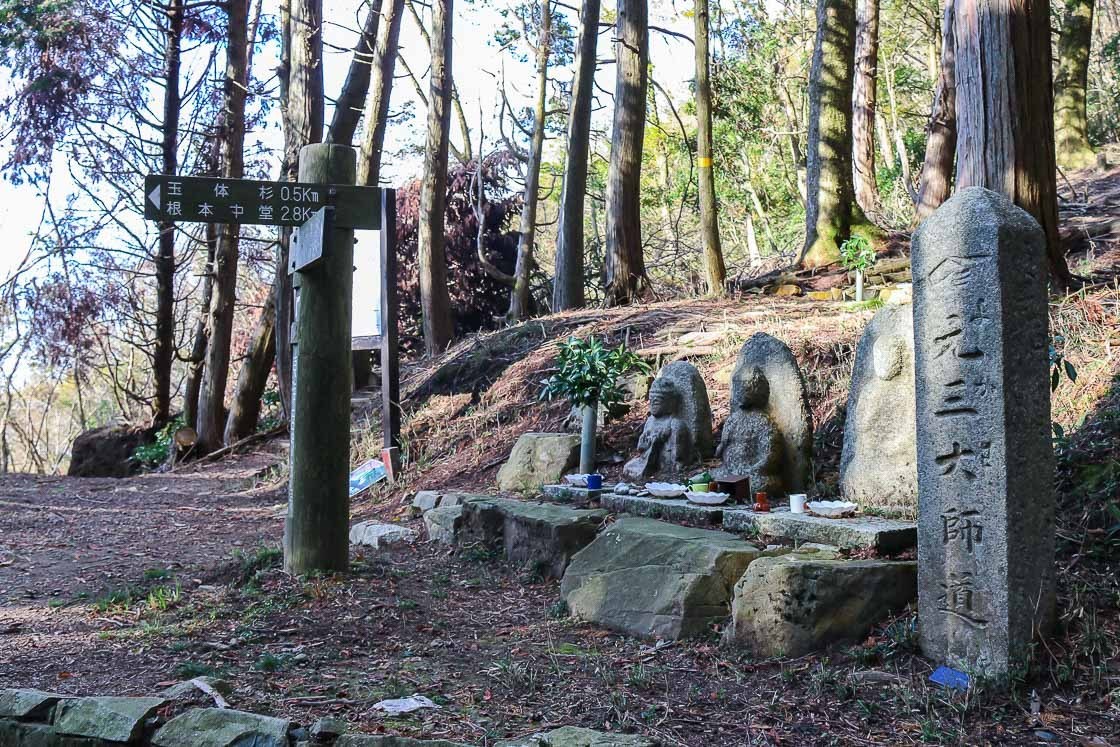
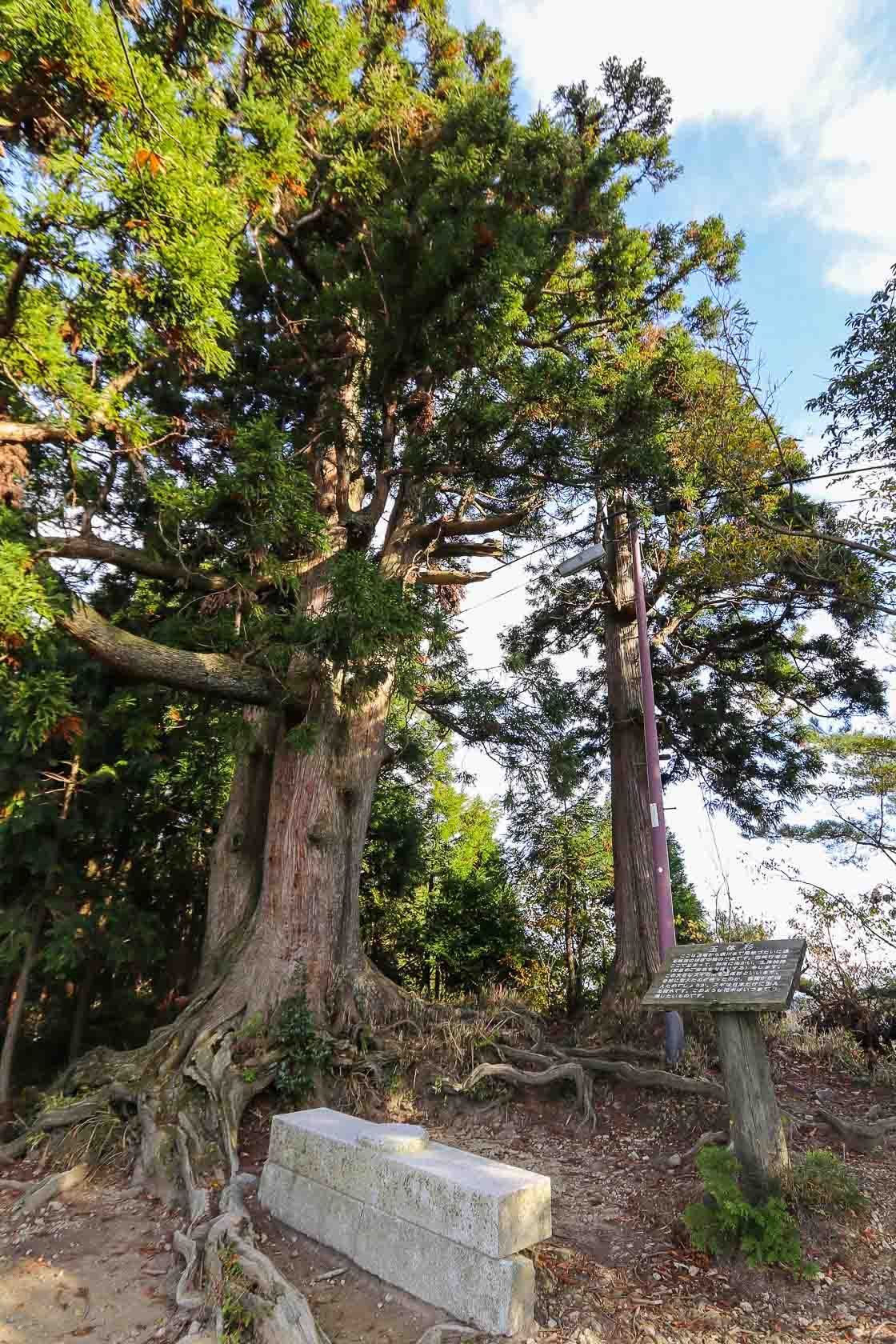
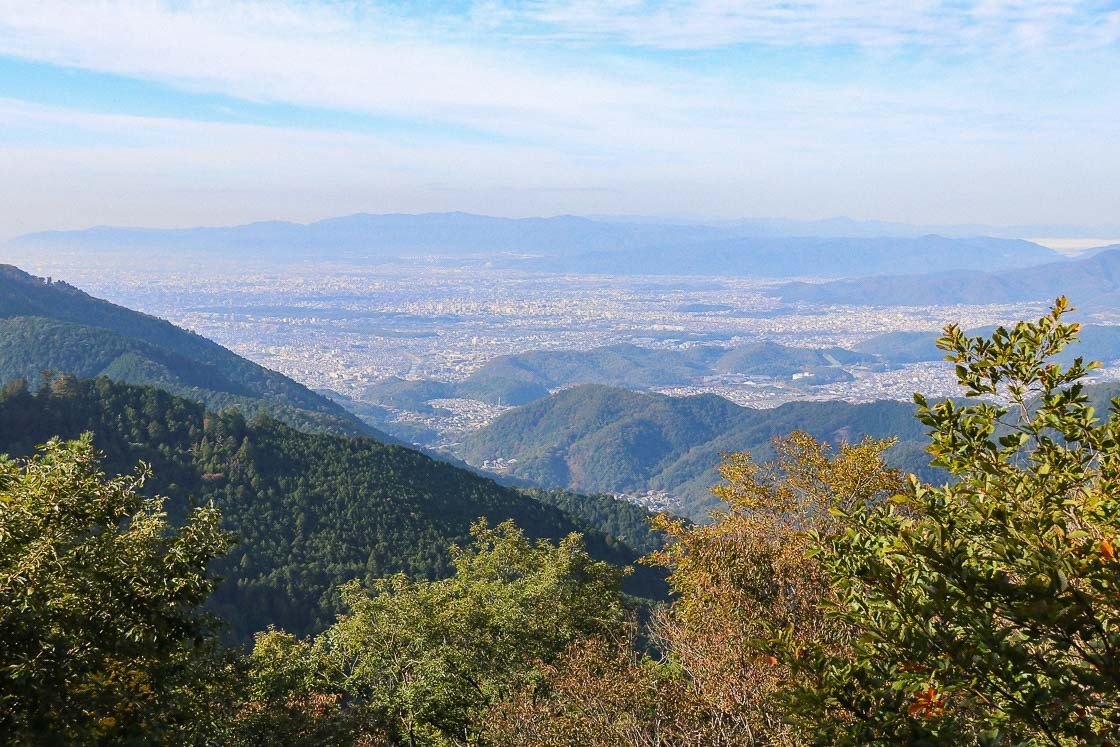
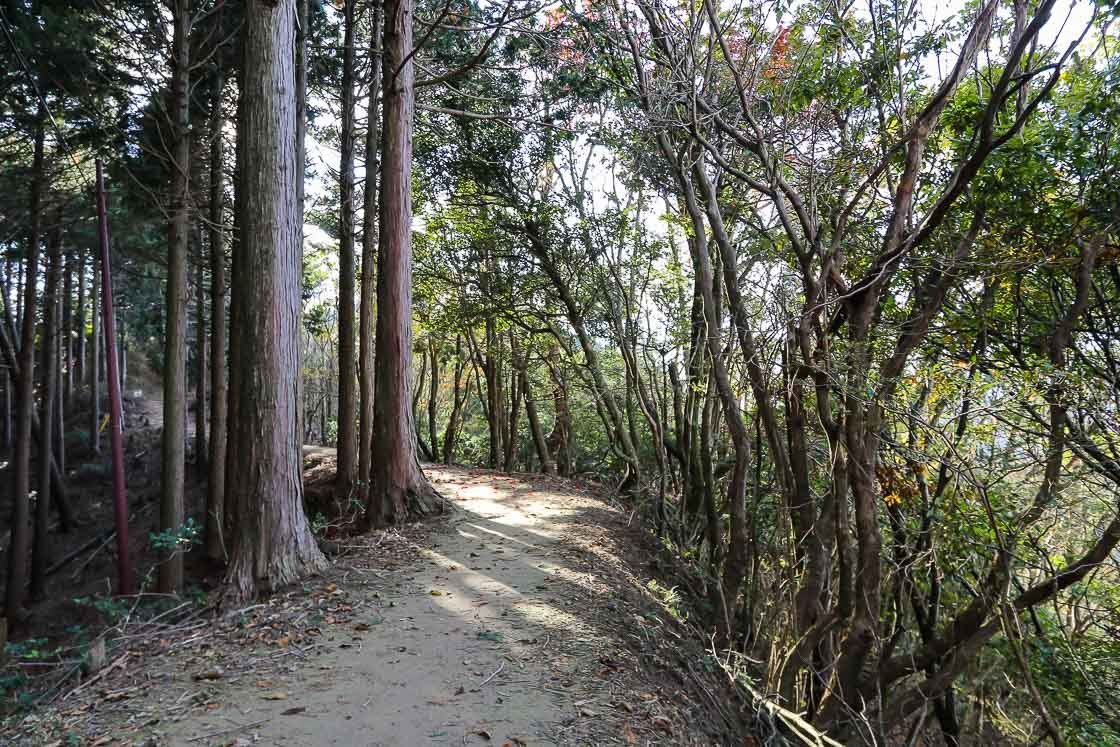
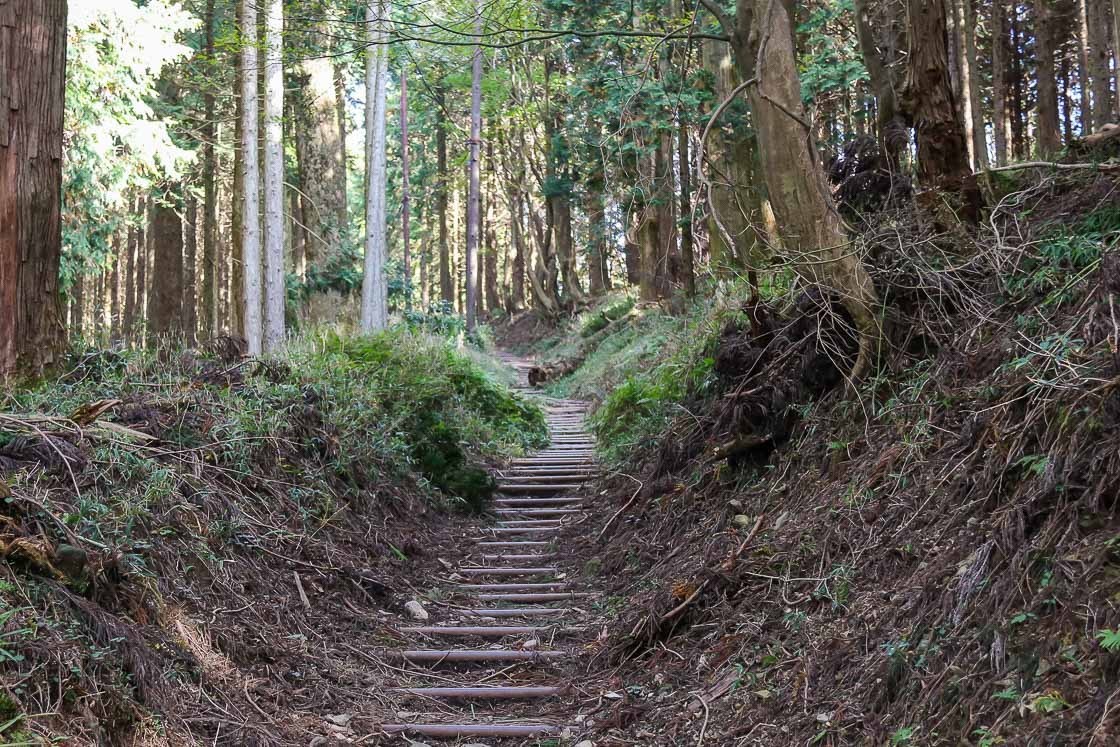
Saito is the west area of Enryakuji Temple, and it is centered around the Shakado. The Shakado hall dates back to 1595, and it is the oldest structure on Hieizan. I walked through the serene grounds and entered the hall to pay my respects to the main object of worship inside, the Shaka Buddha. Not far from the Shakado is Jodoin, Saicho's simple and unassuming mausoleum, that has a rock garden around it.
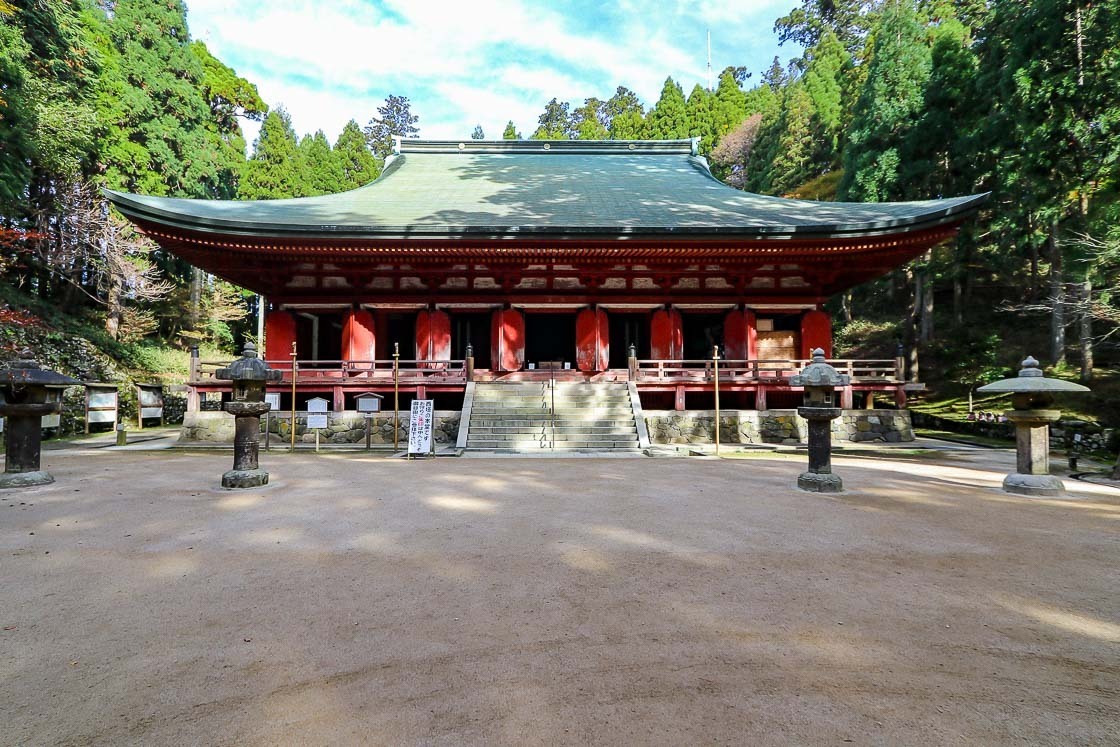
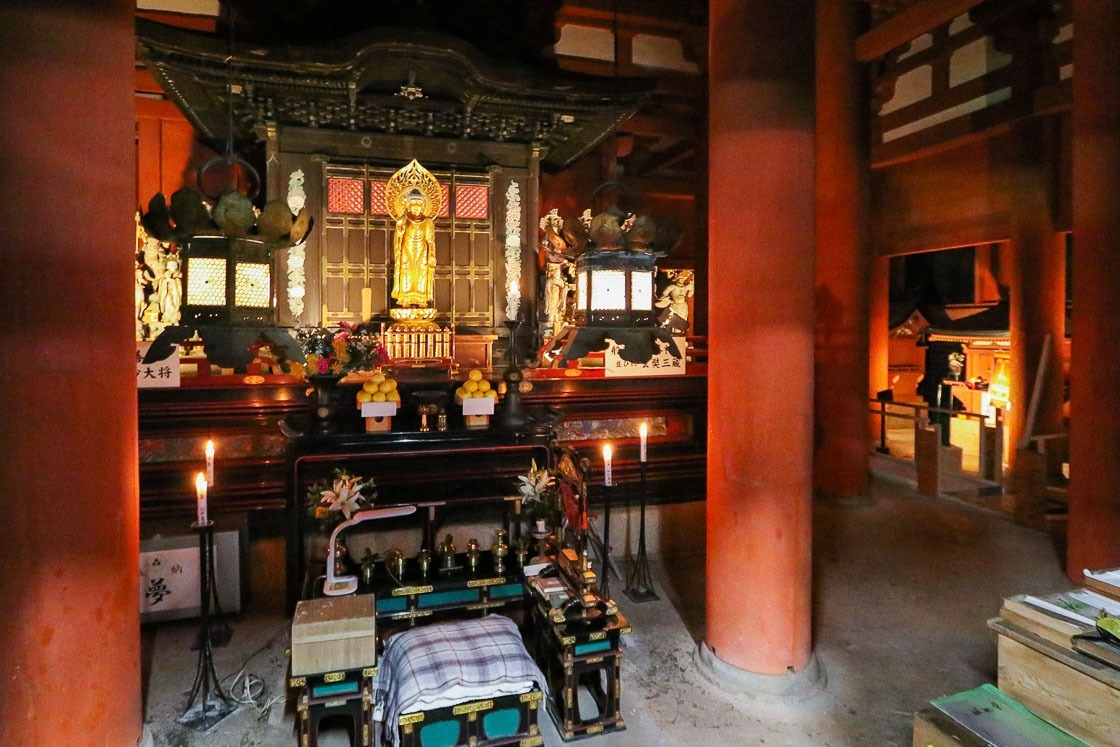
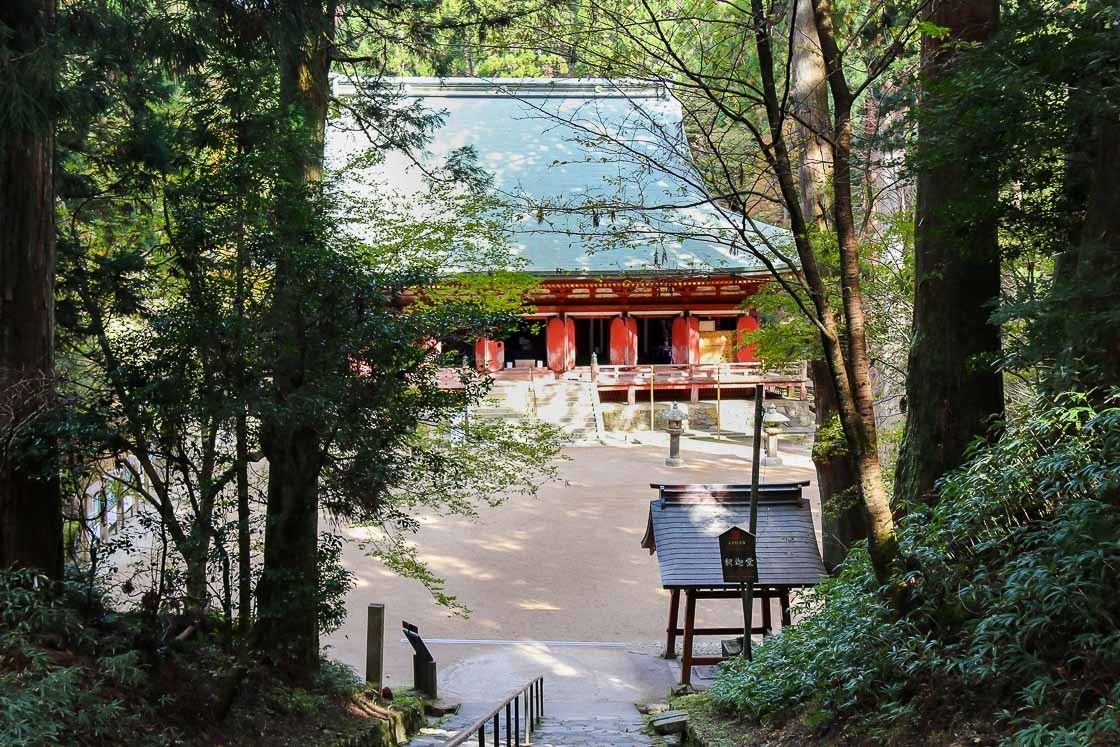
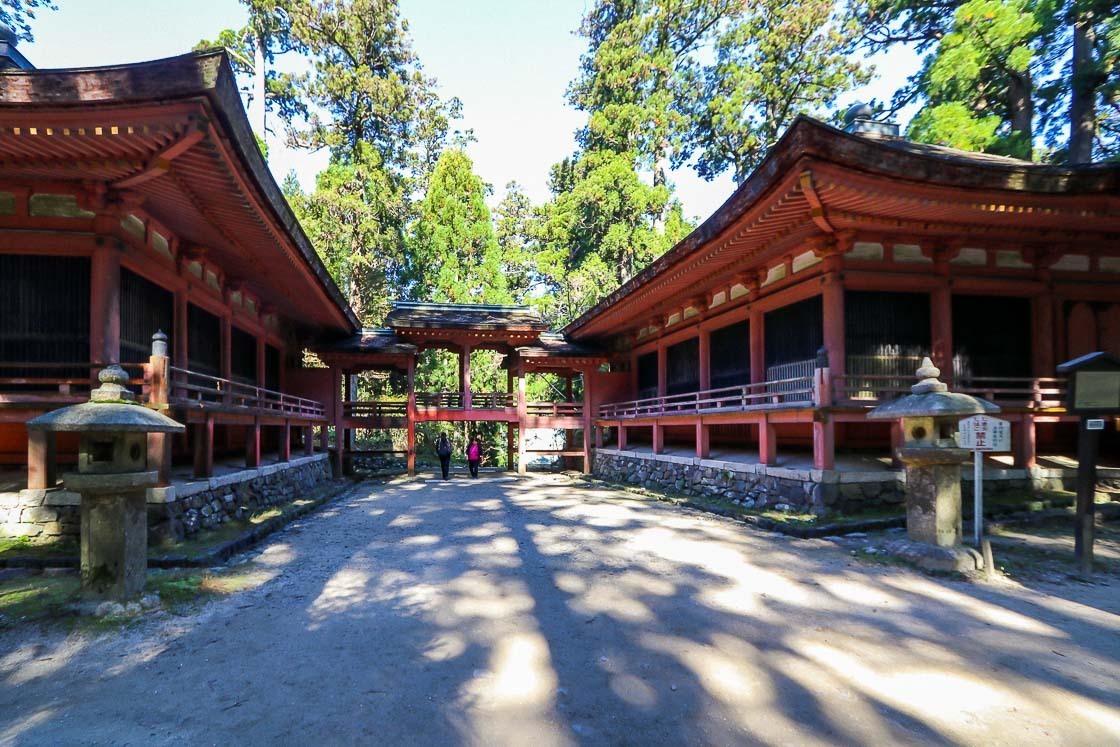
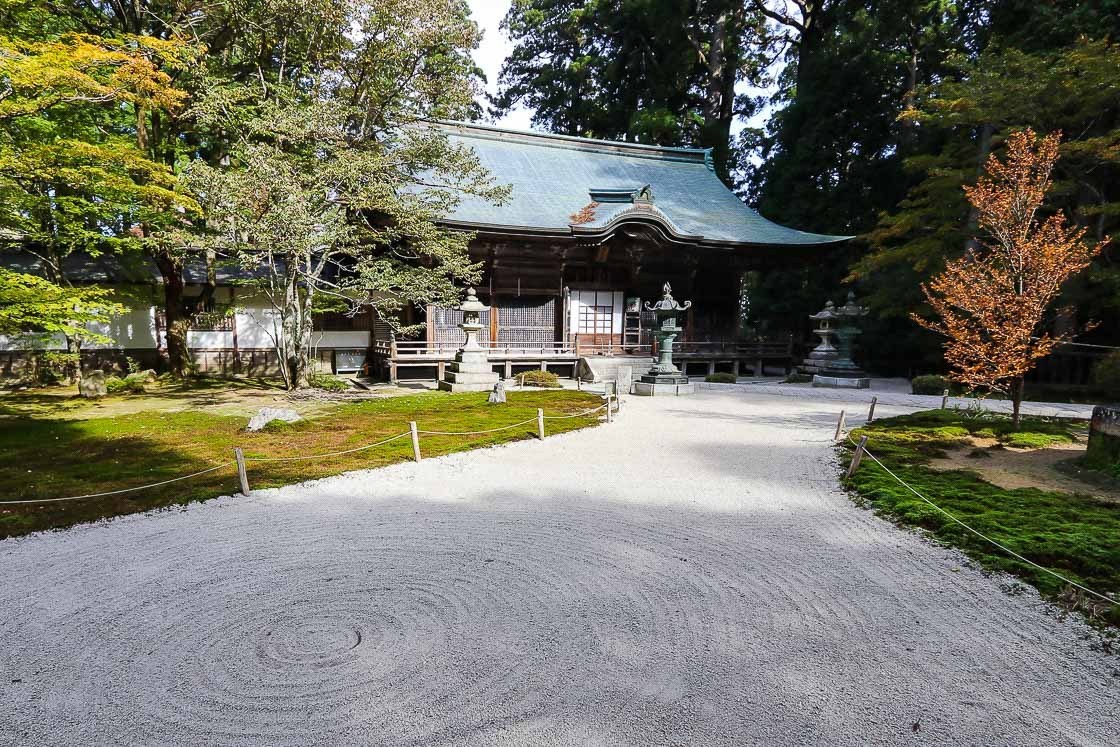
Todo is the east area, and the location where Enryakuji and Japanese Tendai Buddhism were founded. By far the largest of the three areas, Todo also has the most number of temple buildings. It is centered around the Konpon Chudo, the main hall of Enryakuji Temple. The building houses a statue of the Yakushi Buddha, which is said to be carved by Saicho himself. The lamp that is placed before the statue has been kept burning since Saicho lit it in dedication to the Yakushi Buddha over 1200 years ago.
The Konpon Chudo is currently undergoing major renovations, an event that happens once every 60 years, and construction is expected to be finished by spring 2026. During this period, the building will be covered up in parts, but visitors will still be able to enter the building as well as view the ongoing renovation process.
I walked around checking out the Konpon Chudo as well as the Hokke So Ji-in area where the Amidado Hall and Todo Pagoda can be found. The Todo area was the most well visited area, but that liveliness outside did not impact nor distract from the respectful mood inside the various halls.
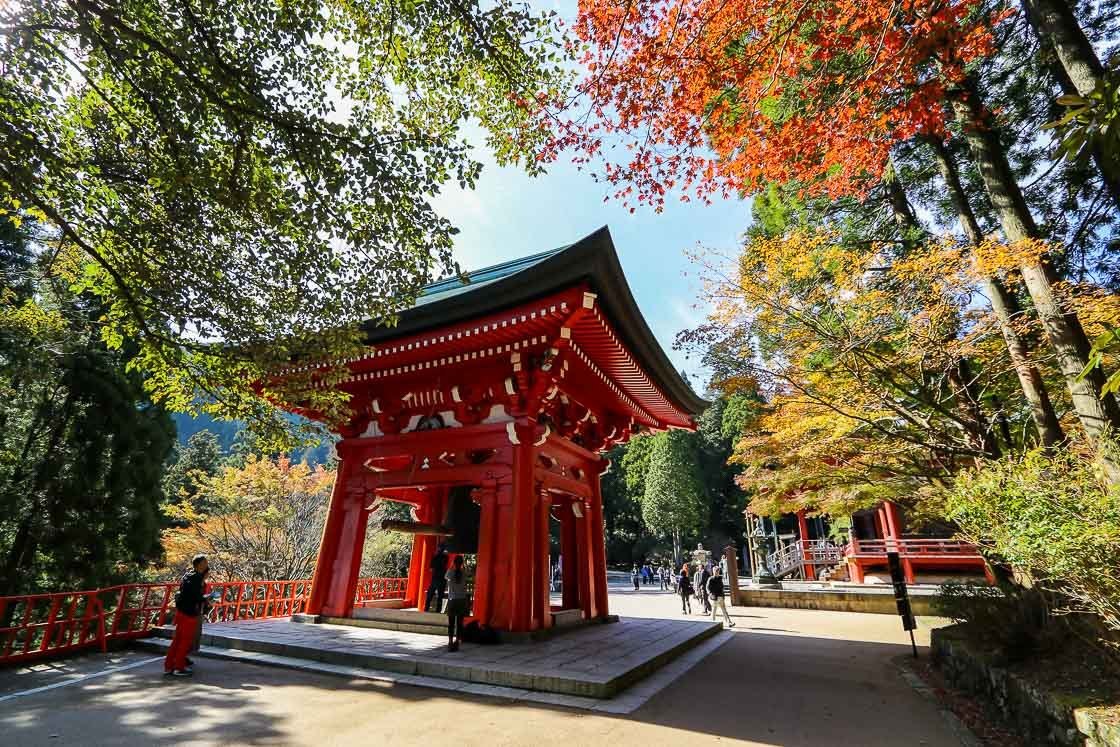
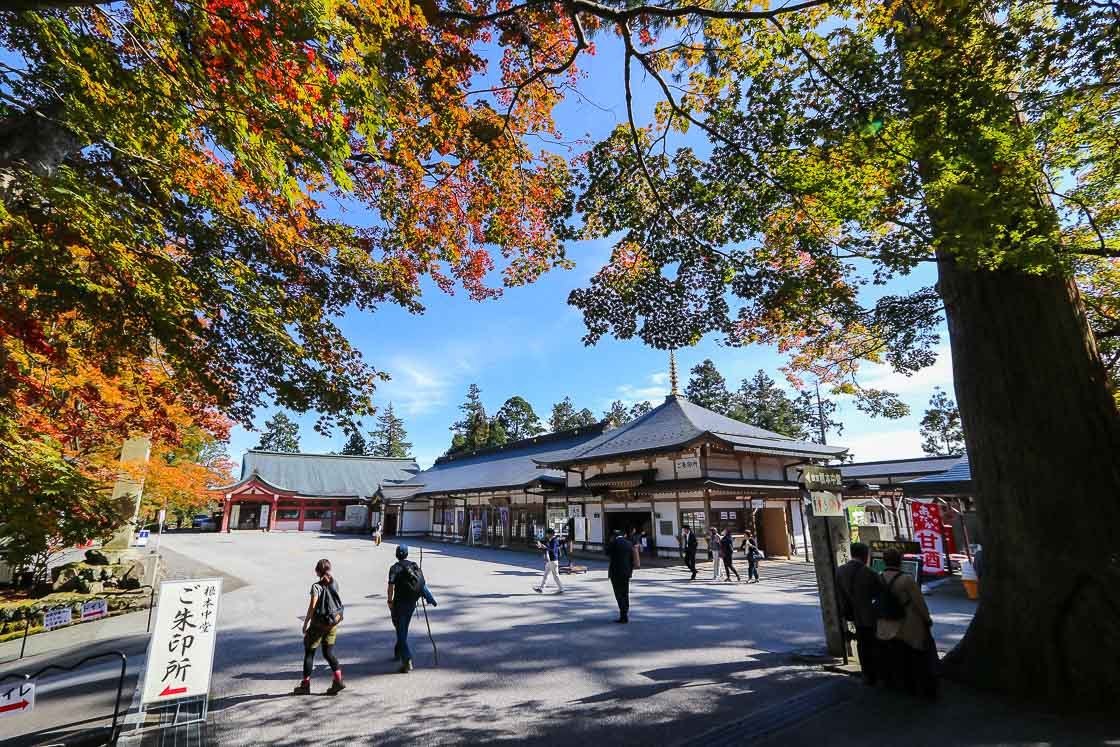
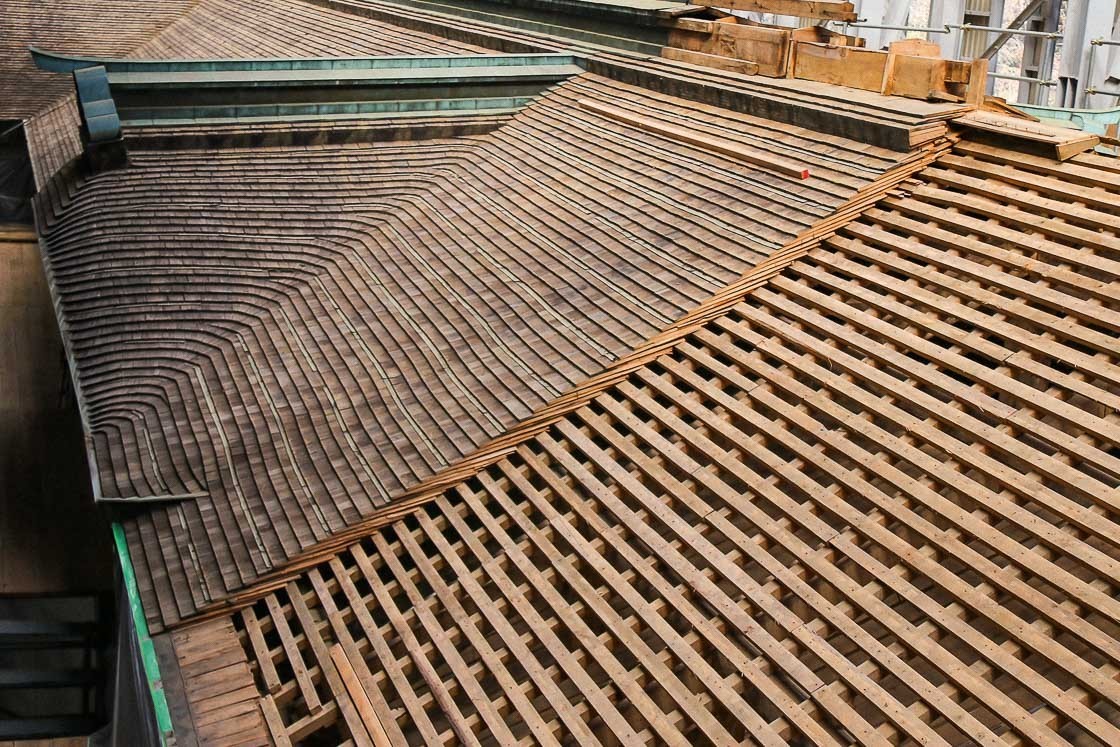
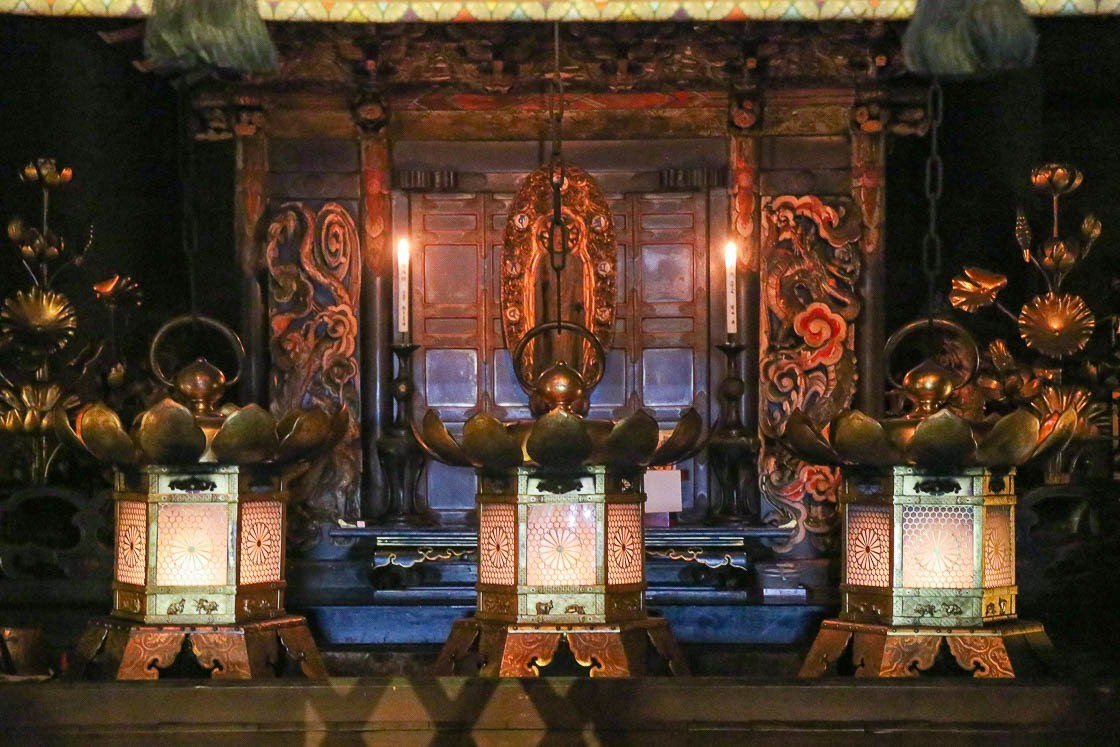
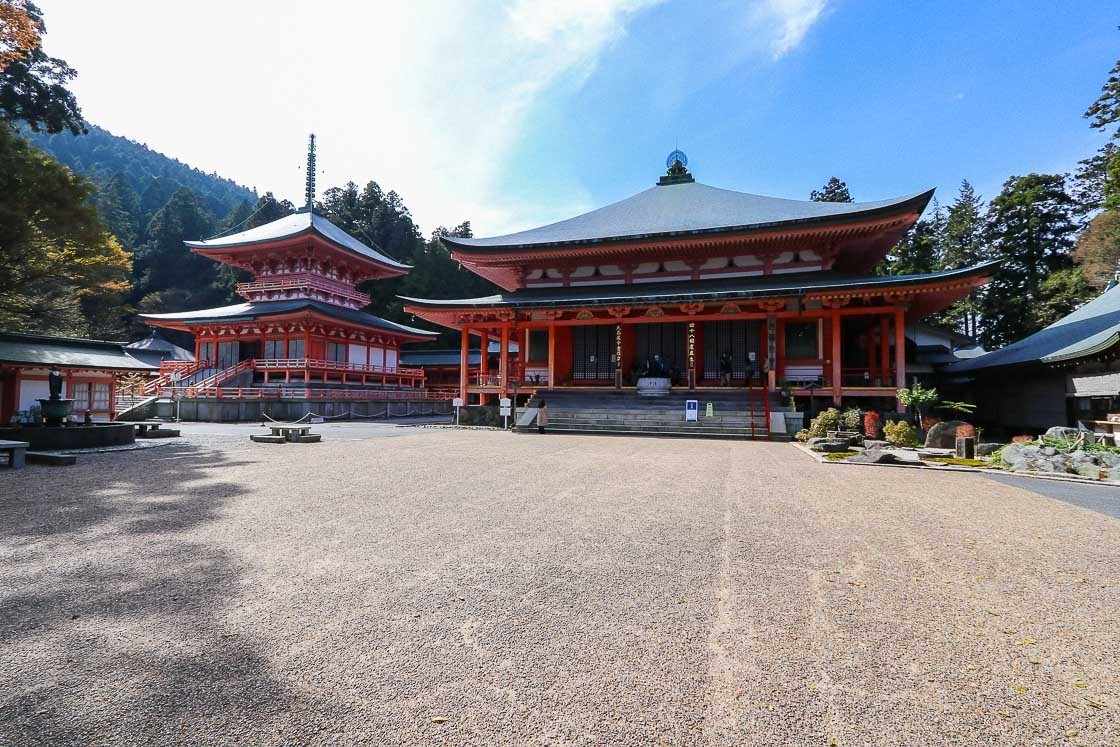
As the sun started to set, I made my way to Enryakuji Kaikan, the temple lodging on Hieizan located in the Todo area. The well equipped facility provides basic accommodation and vegetarian meals. The most important point for me was its proximity to the Konpon Chudo, which would come in handy for me the following morning.
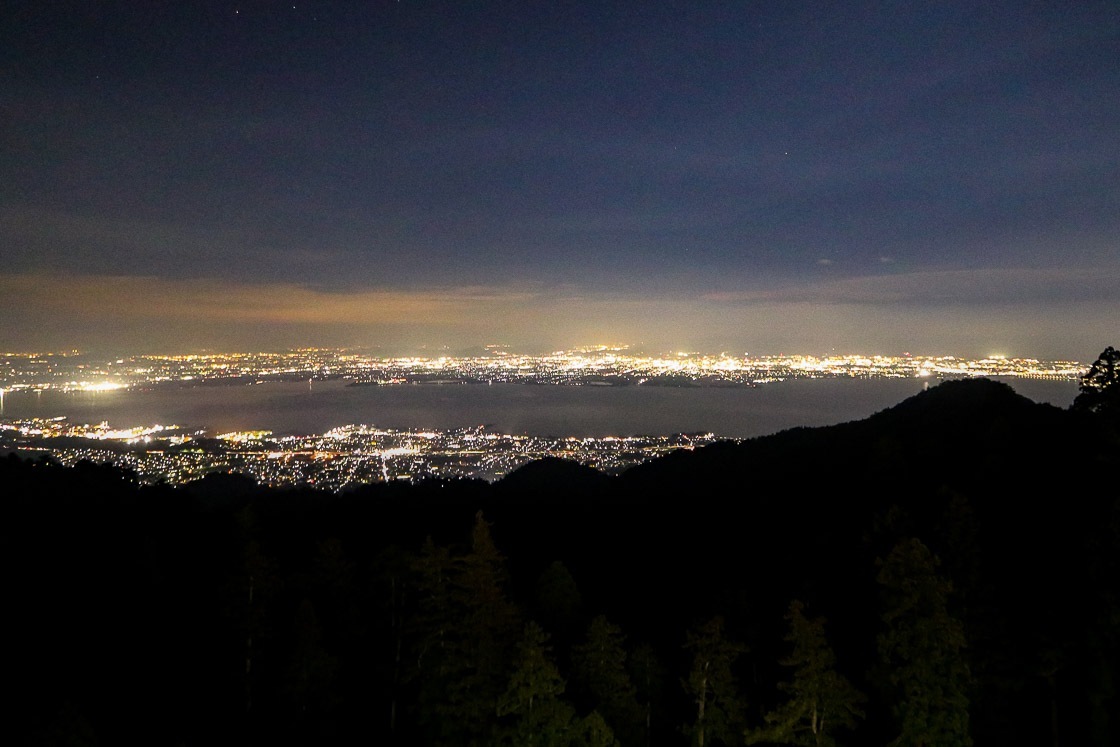
Day 2
Joining in the temple's morning prayers is an activity that can be participated in when you stay at a temple. For Enryakuji, the morning prayers are conducted at the Konpon Chudo, which is less than five minutes on foot from Enryakuji Kaikan. I woke up at dawn and made my way to the main hall to take part in the activity. Morning prayers are a great way to set the mood for the rest of the day as well as to experience Buddhist culture, and the one at Enryakuji Temple also included a small talk in Japanese at the end by one of the priests.
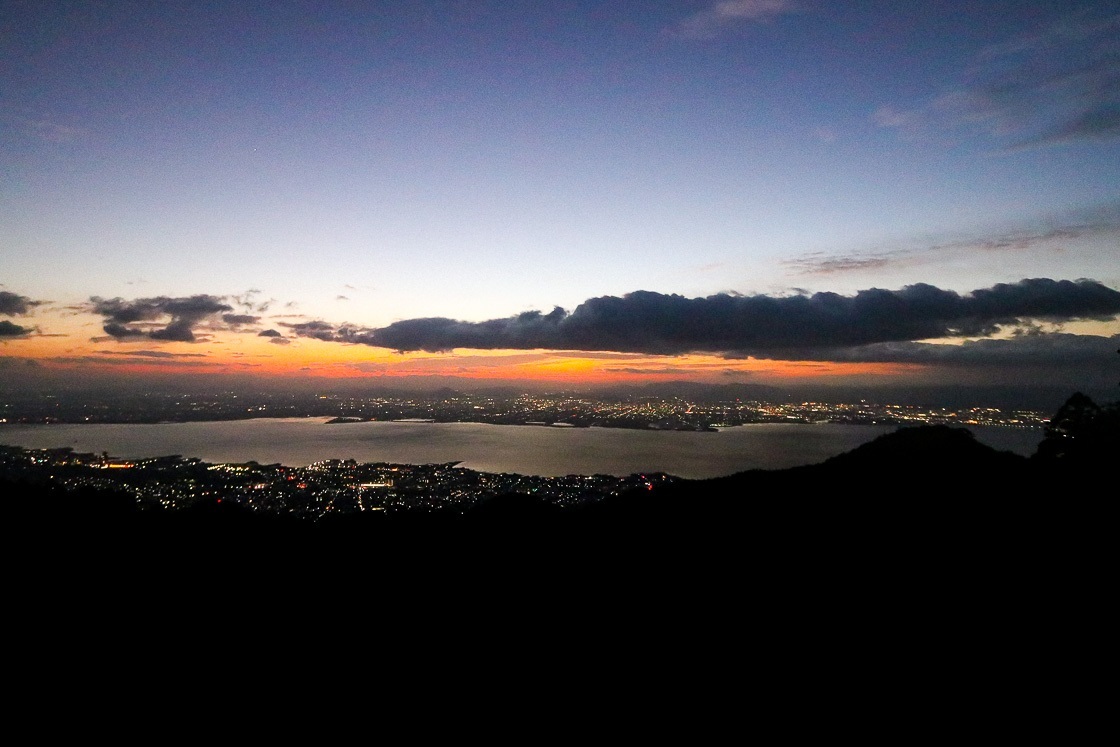
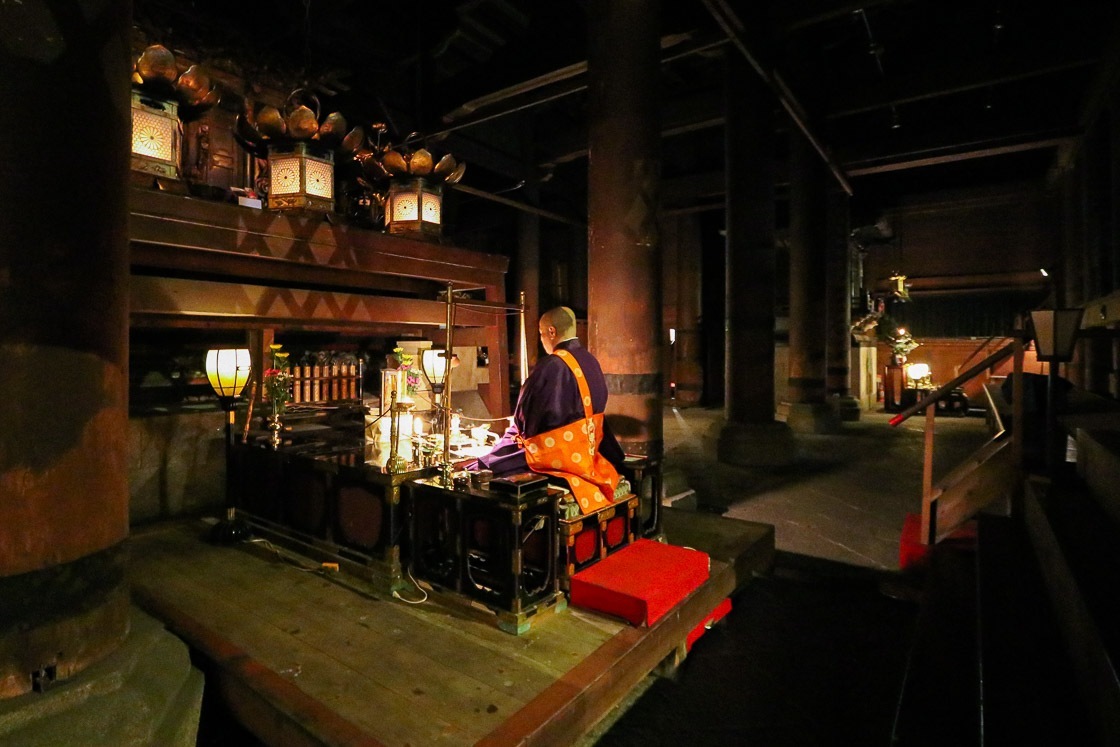
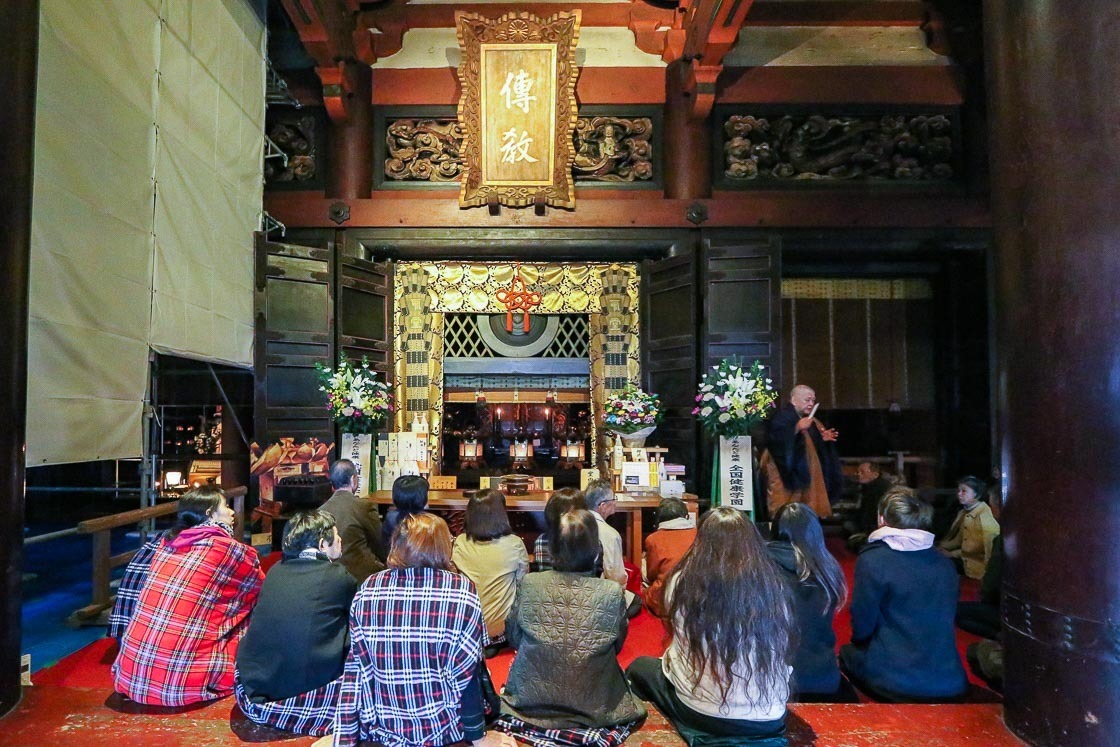
After breakfast back at the temple lodging, I checked out and made my way down and out of Hieizan by Keihan Railway. My first stop was Mampukuji, the head temple of the Obaku Zen temple, which was established about 350 years ago by a Chinese Zen master. The Obaku Zen religion is one of the three big Zen sects in Japan, the other two being the Rinzai and Soto sects.
Mampukuji Temple was founded by a Chinese Zen master in the mid 17th century, and as such, the temple designs have a more Chinese influence than Japanese. The main object of worship at the Daiohoden main hall is a massive statue of the Shaka Buddha flanked by two of his disciples, and surrounded by 18 arhats. I had a very pleasant visit to Mampukuji, and it was definitely very different compared to Hieizan yesterday.
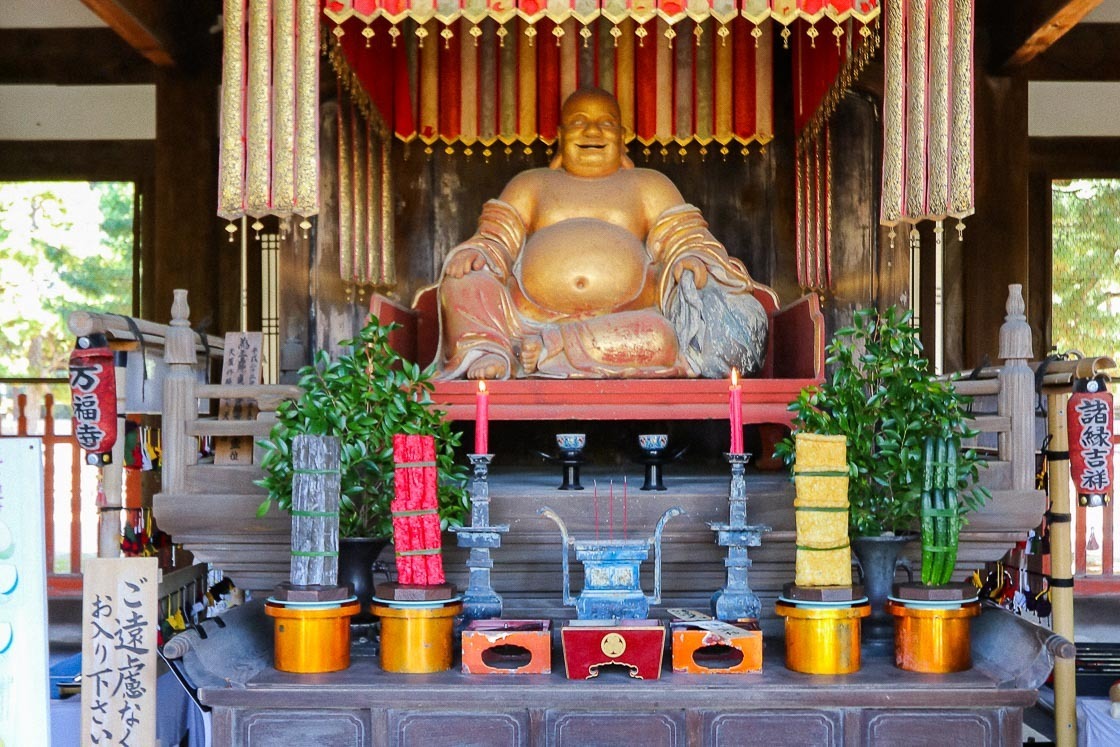
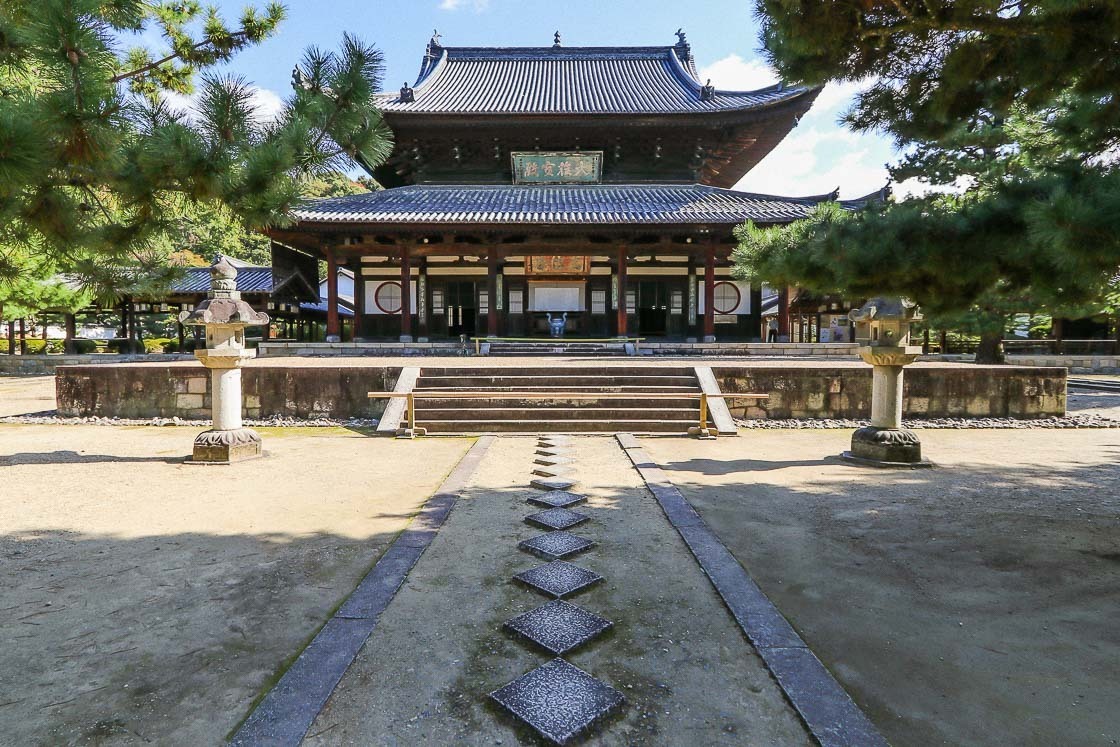
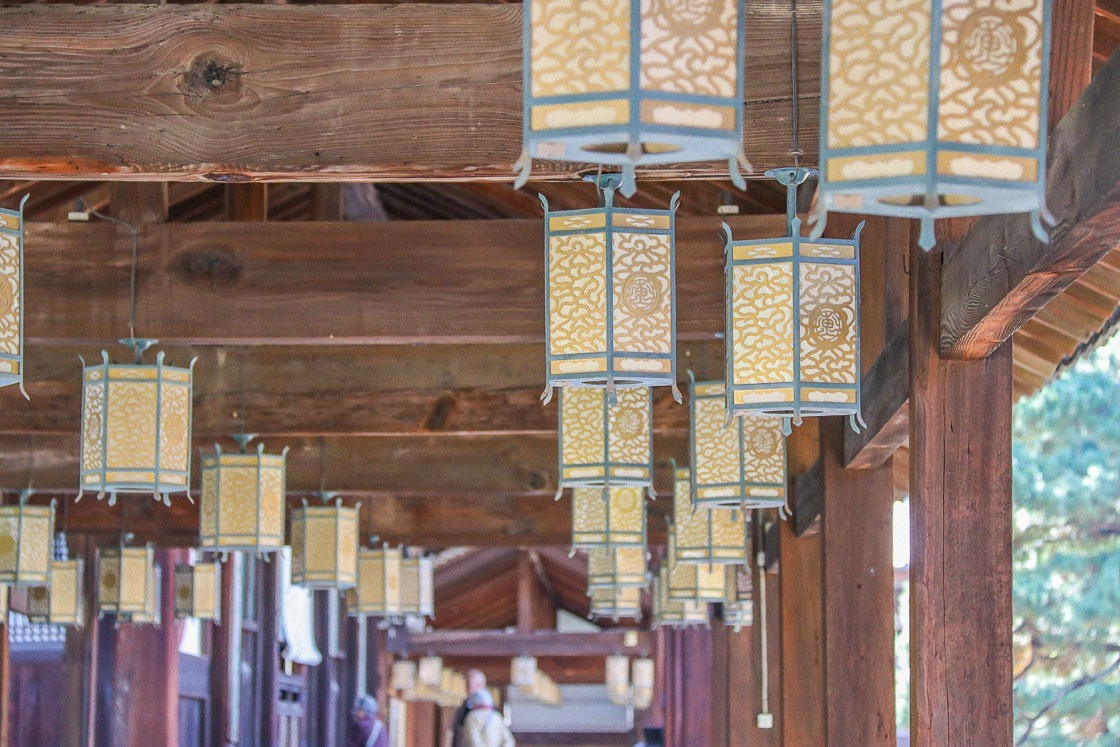
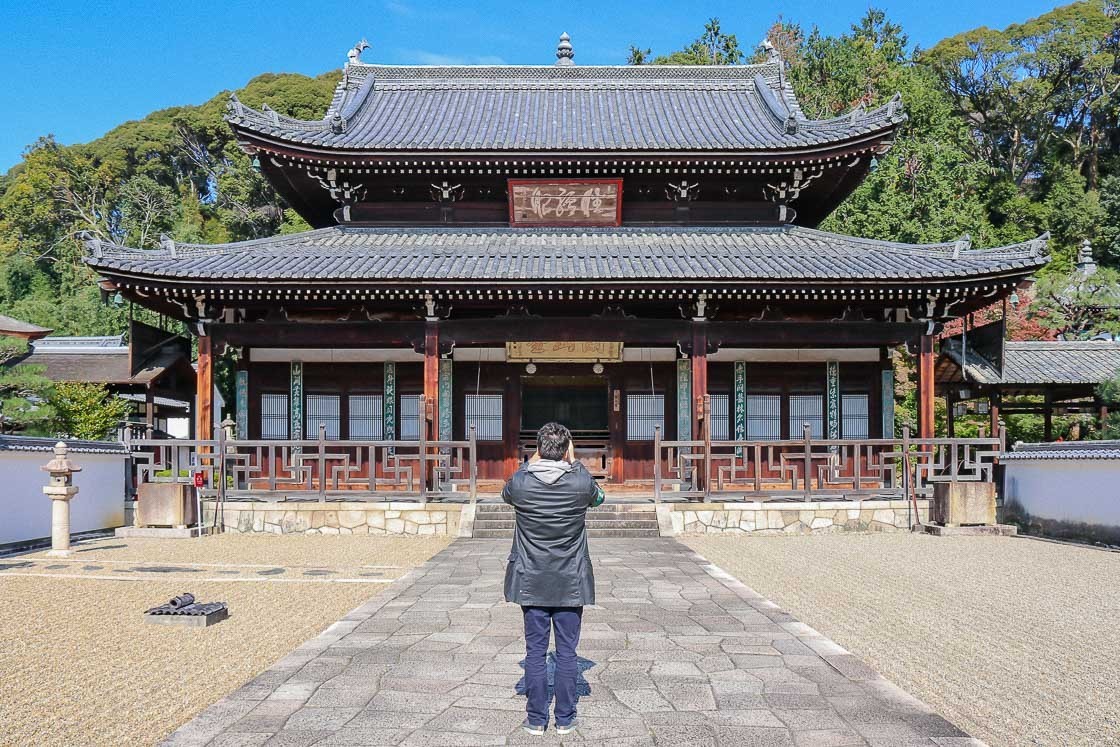
From there, I got back on the Keihan Line and made my way to Uji, a few minutes away. Uji is known for many things, and amongst them, Uji tea, Uji Bridge and Byodoin Temple are the most famous. From Uji Station, I crossed the iconic Uji Bridge and onwards to the main approach to Byodoin Temple. The approach is lined with many restaurants and businesses selling local Uji tea and its related products. It was clear that green tea is a local product, and I left that tea experience for later.
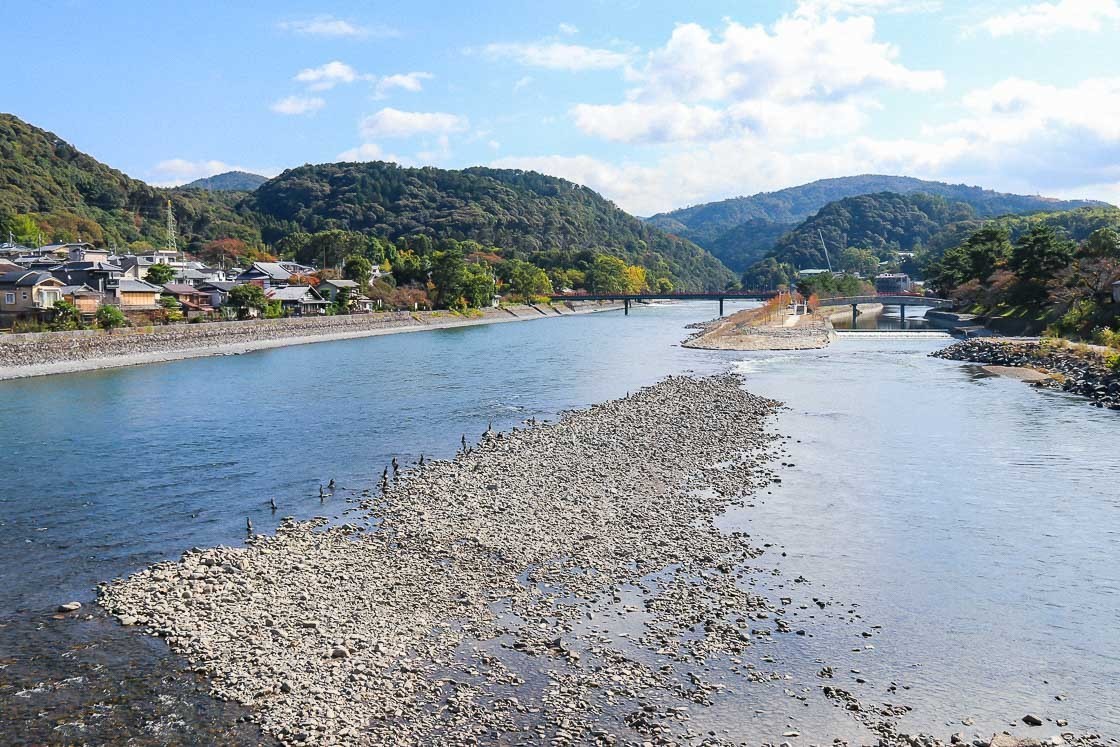
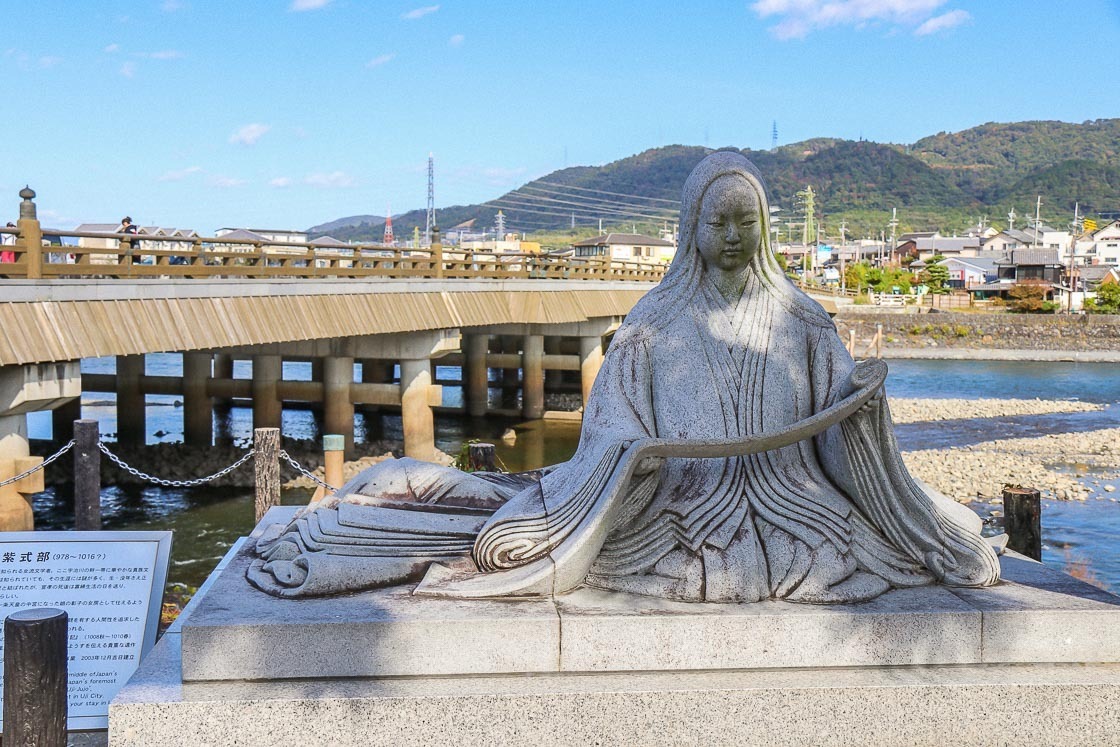
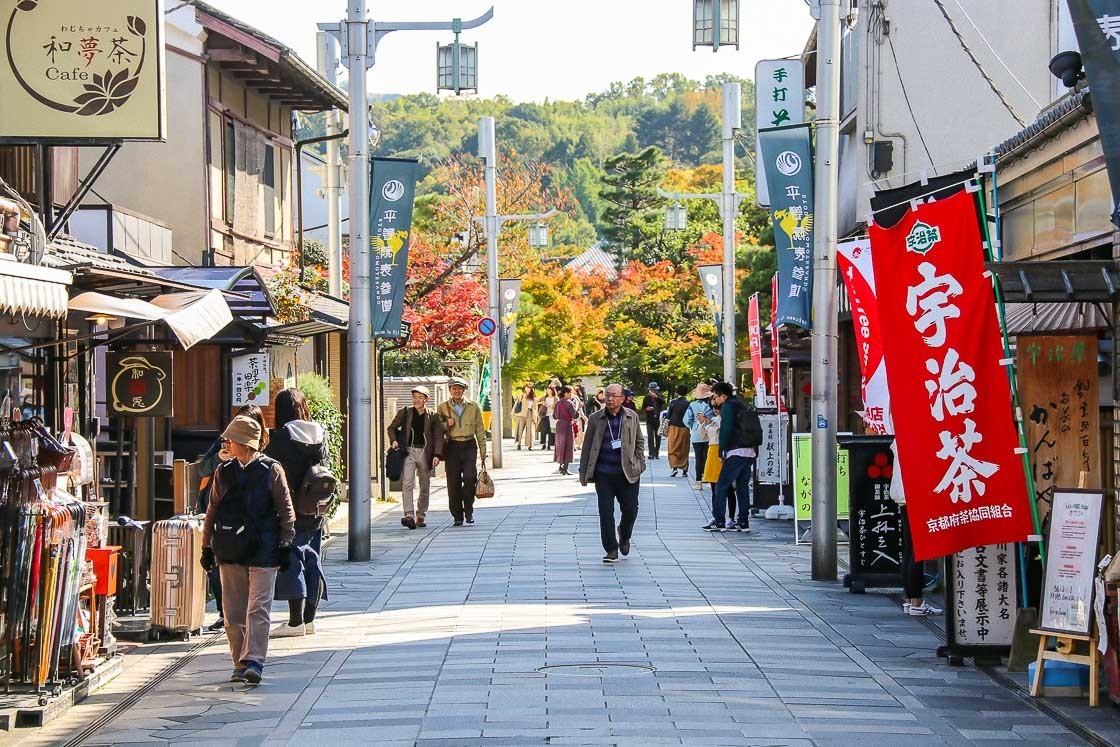
Byodoin Temple has almost 1000 years of history, and the Hoodo, also known as the Phoenix Hall, located at the heart of the temple grounds, is its central focus. The Hoodo stands on an island in the garden's pond, and the garden dates back to the 11th century and is modeled after the Buddhist Pure Land paradise.
A typical visit route starting at the main entrance takes one through the temple garden to the Phoenix Hall and ends with a visit to the excellent museum where the temple's treasures can be seen up close. Entering the Hoodo (additional fee required) and the museum are not to be missed when visiting Byodoin Temple, and I learned a lot more and had a better understanding and appreciation for Buddhist culture and history.
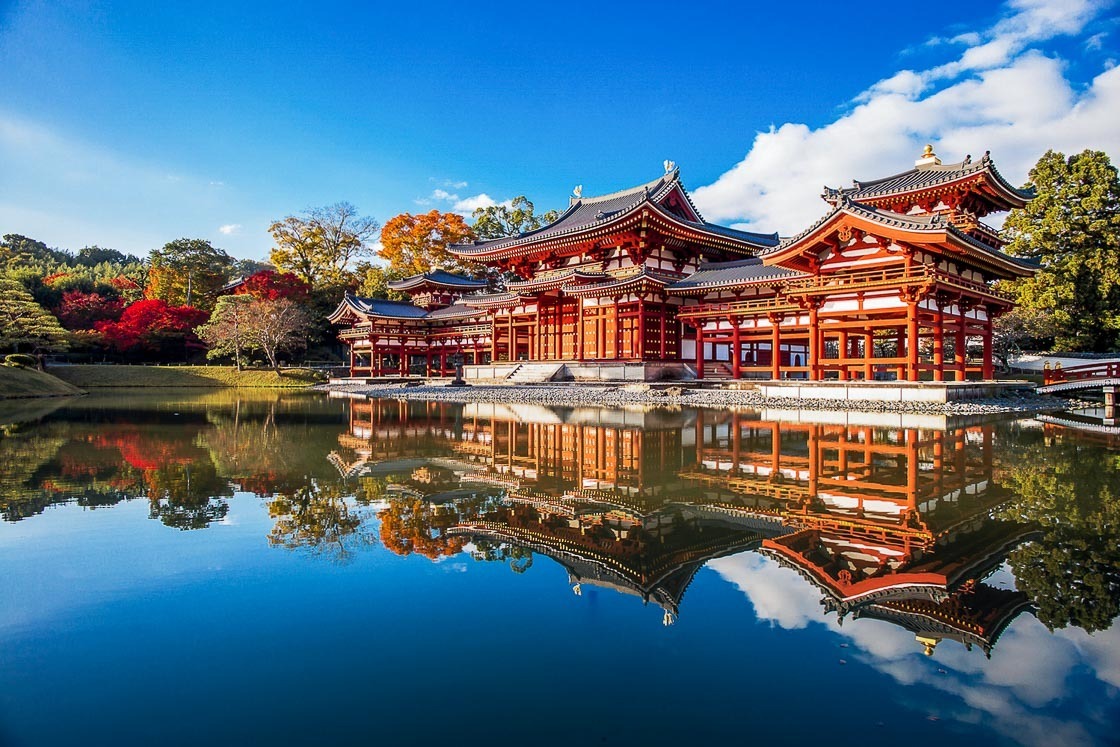
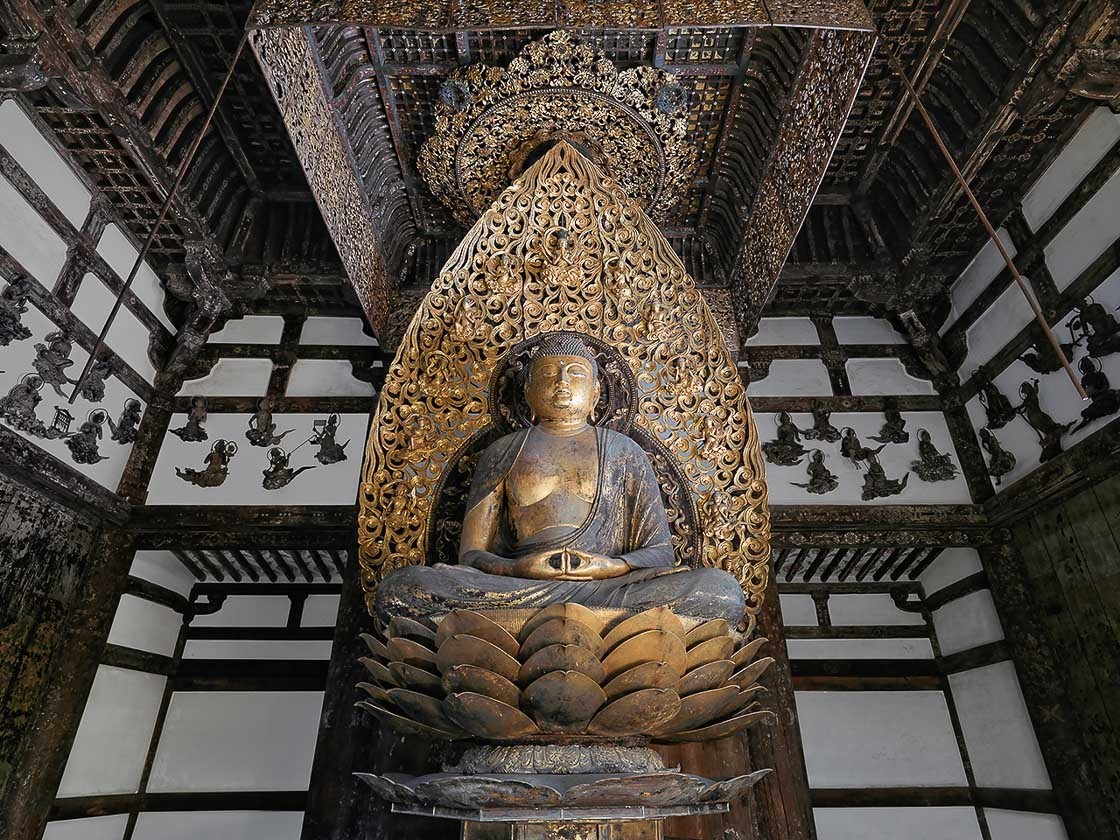
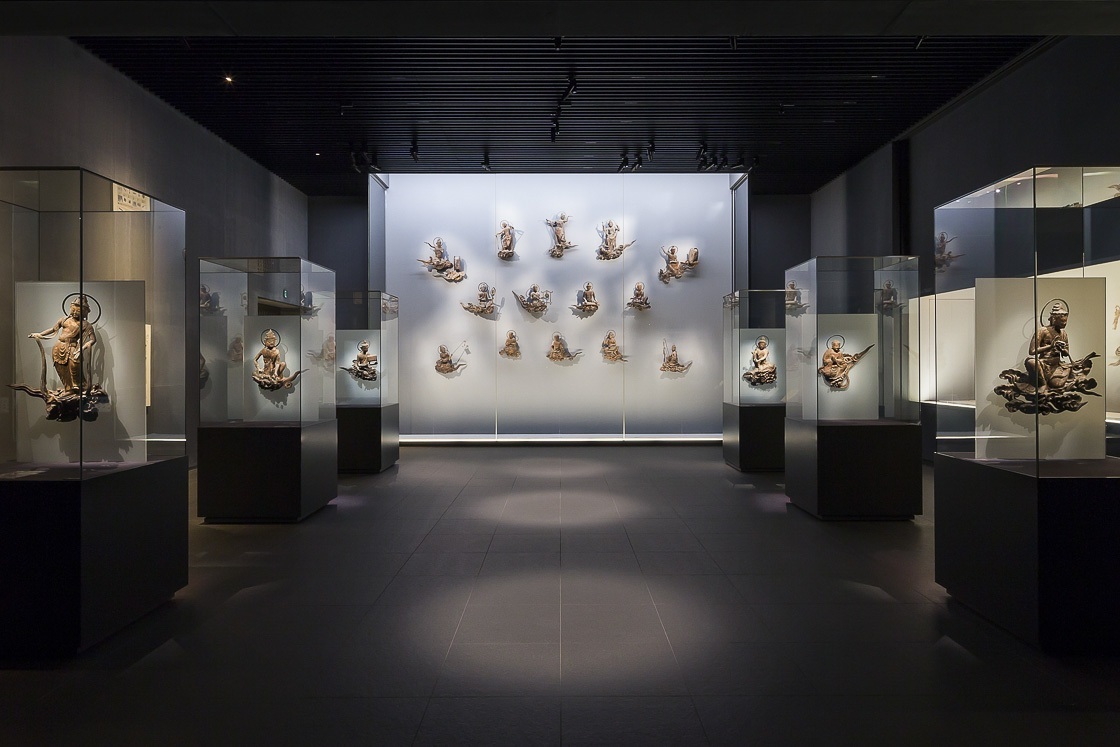
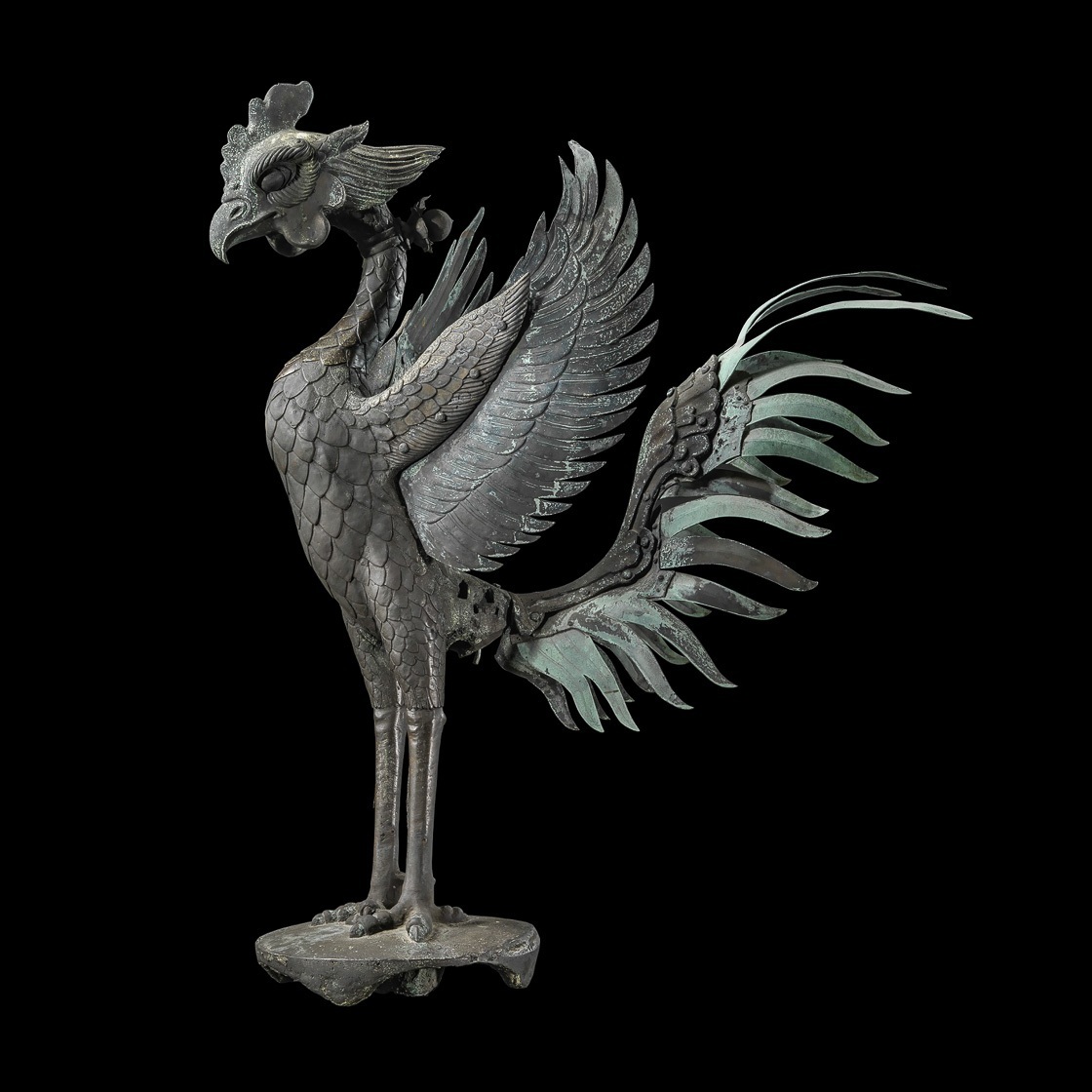
Next on my agenda was to finally get to sampling the famous Uji tea. I headed to Nakamura Tokichi, a tea shop that has been around for generations and had a full Japanese green tea experience. I started with lunch at their restaurant and had the green tea soba noodles, and finished my meal with a green tea parfait.
Following that, I proceeded to a separate tea room for a tea experience in which I had the opportunity to grind tea leaves into powder and participate in a tea ceremony. It was a very unique and utterly enjoyable time led by the English speaking resident tea practitioner, John, who explained the history of Nakamura Tokichi and the design and architecture of the place before the tea ceremony. The entire tea session typically takes about 60-90 minutes, and time just flew by for me as I was having too much fun.
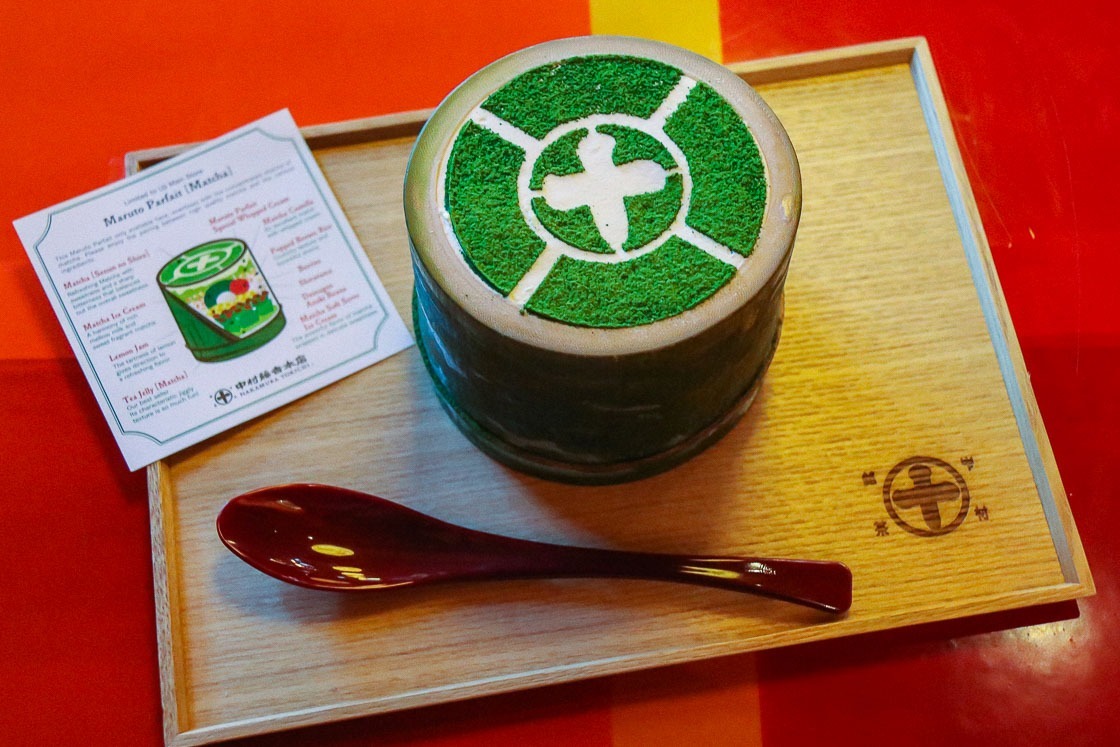
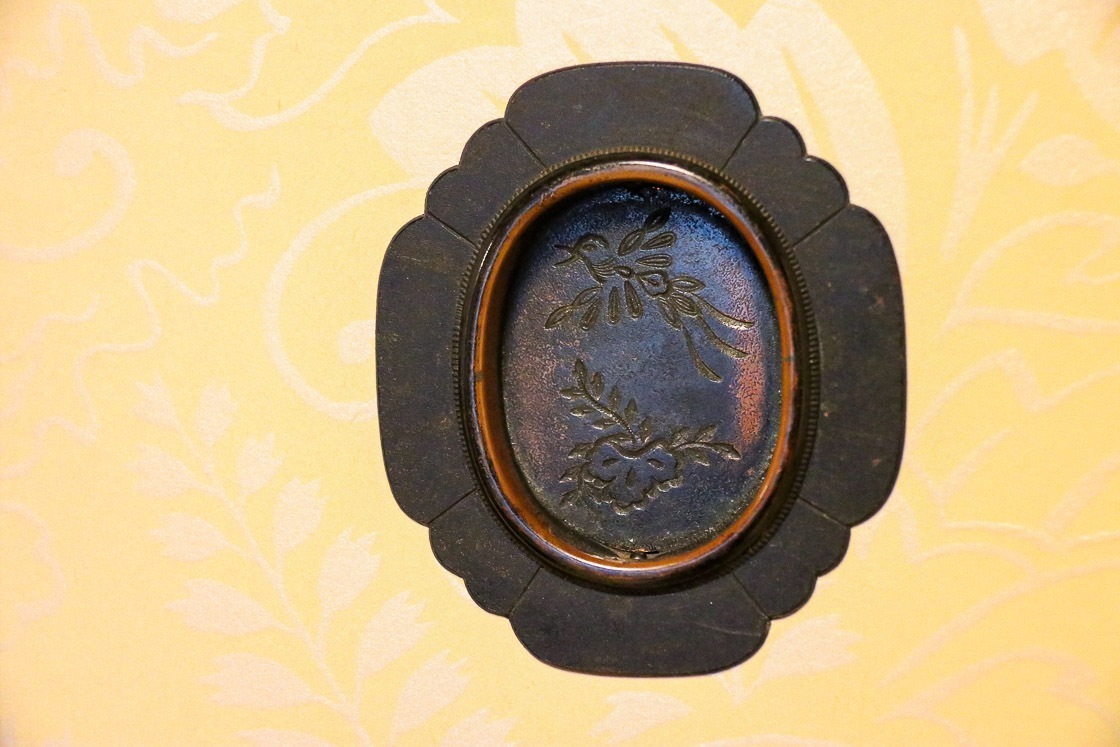
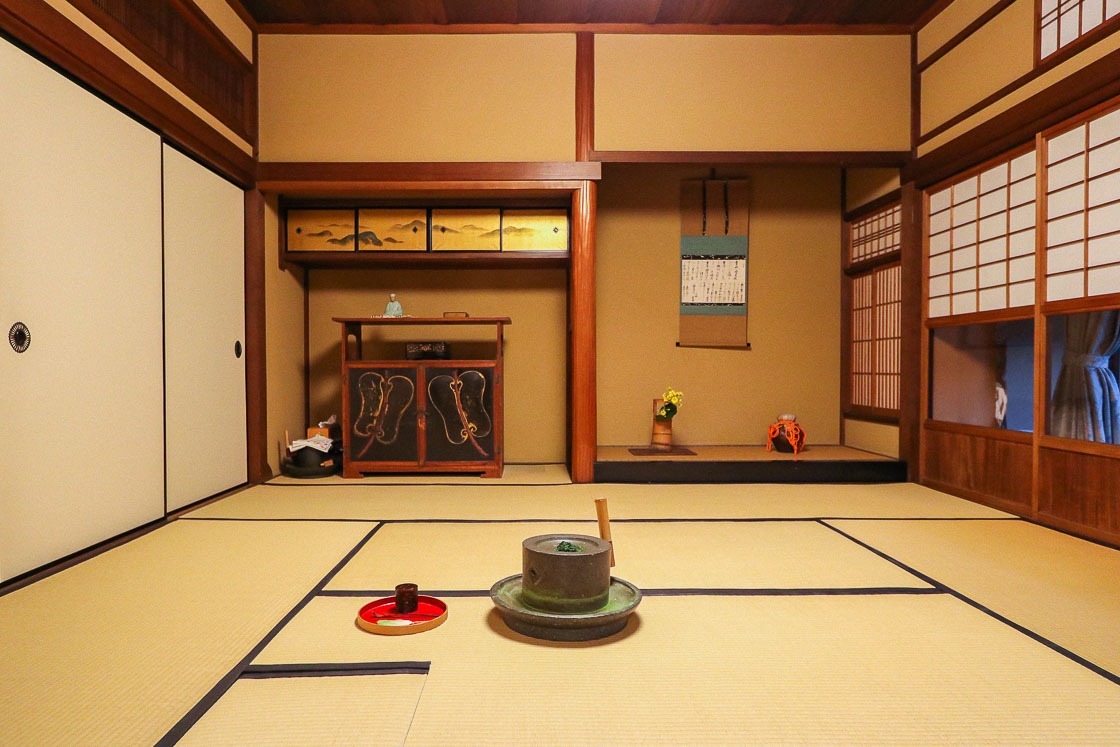
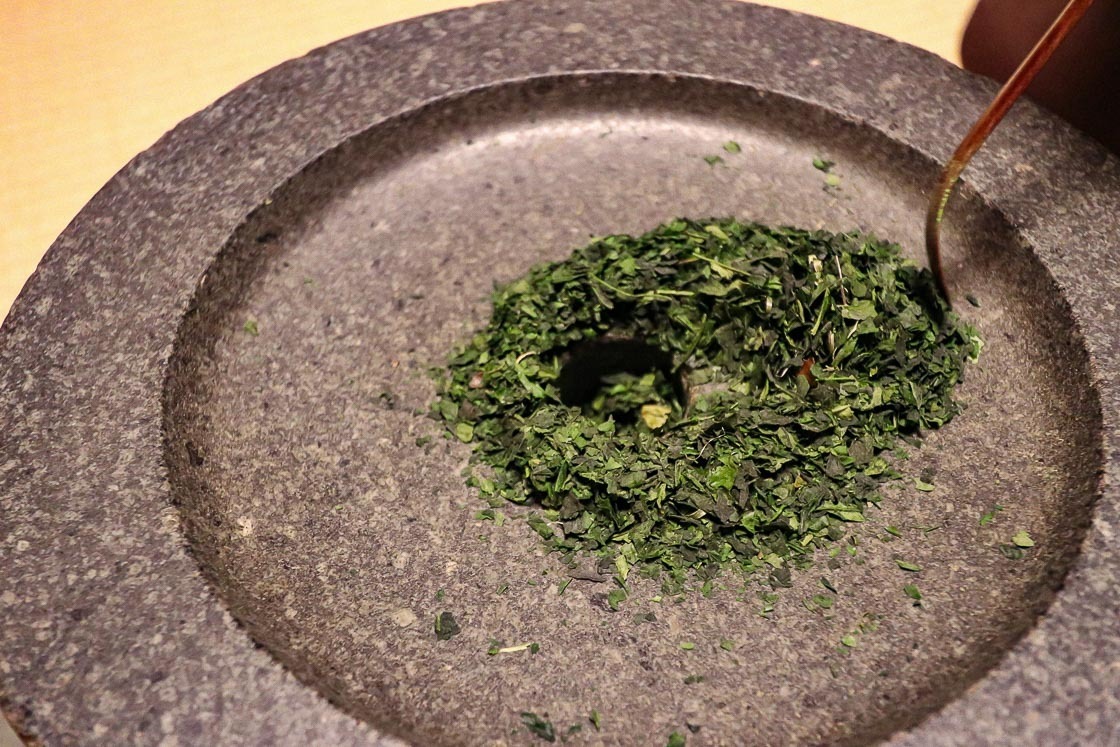
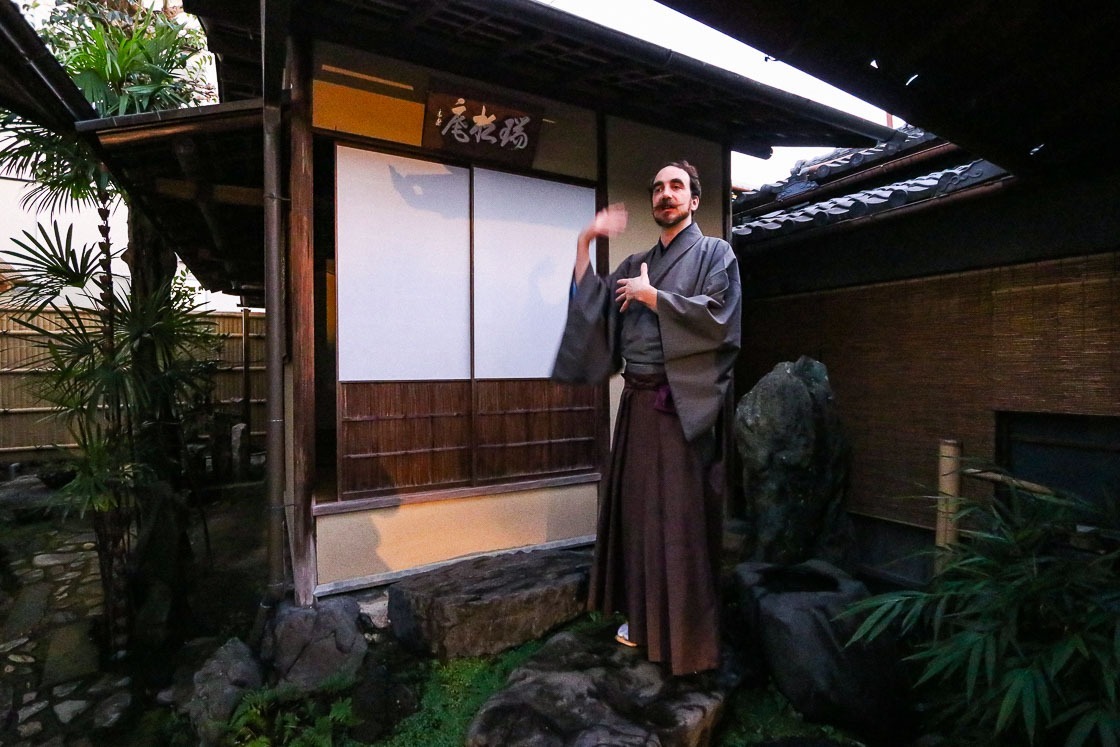
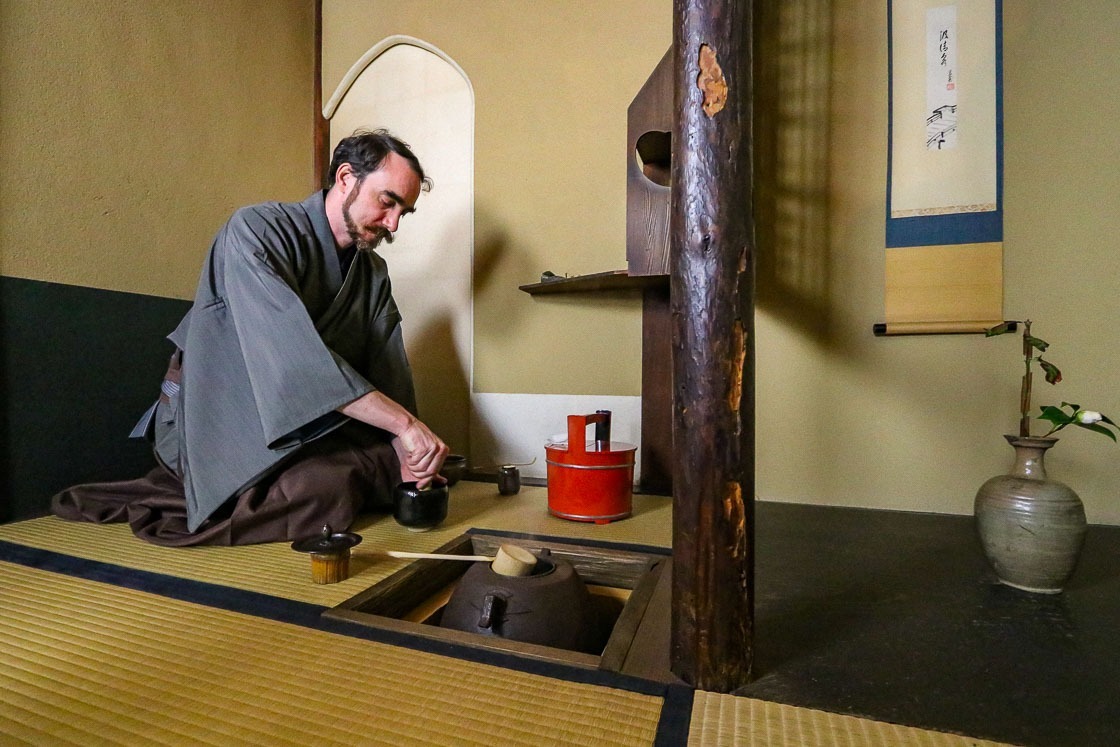
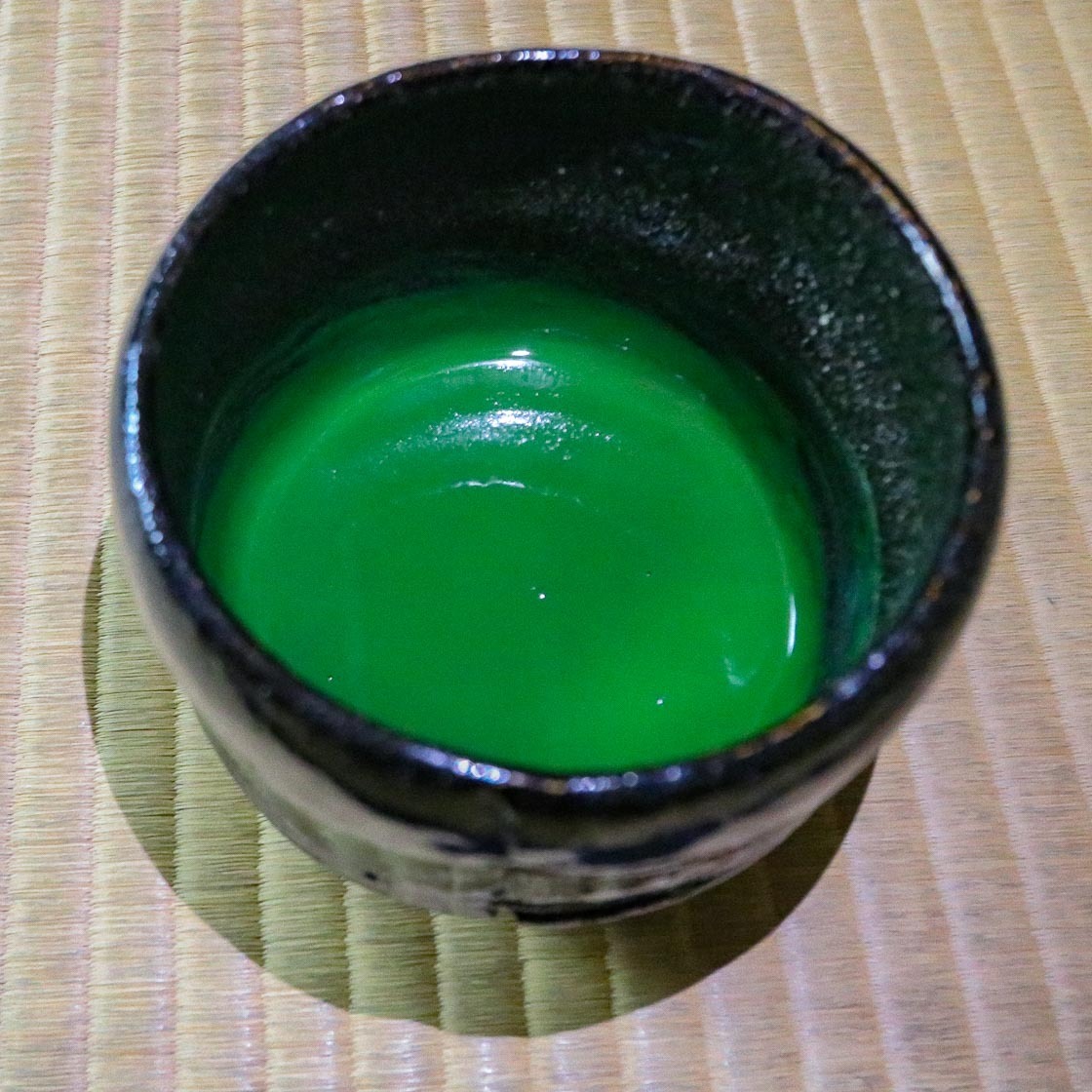
To close my trip, I got back on the Keihan Line and headed to Fushimi, a well-established sake district in Kyoto. My last stop for the day was the Fushimi Sakagura Koji, a collection of eight food stalls and one sake bar under one roof. The draw of this place is the opportunity to sample the local brew from about 20 Fushimi sake breweries in one location. I ordered a tasting flight of sake, which contained a sample from 18 sake breweries. Then, I also ordered from the food stalls, and the food was delivered to my table. This unusual dining experience brought my day and the trip to a perfect end, and asking for more would just be greedy.
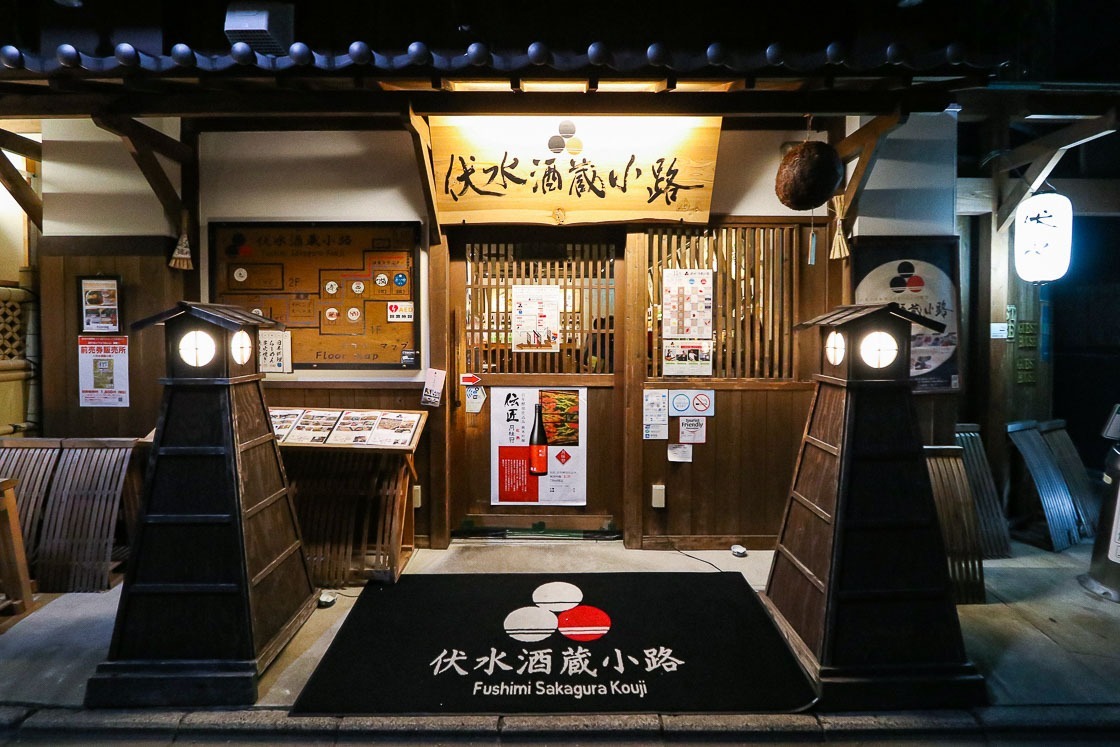
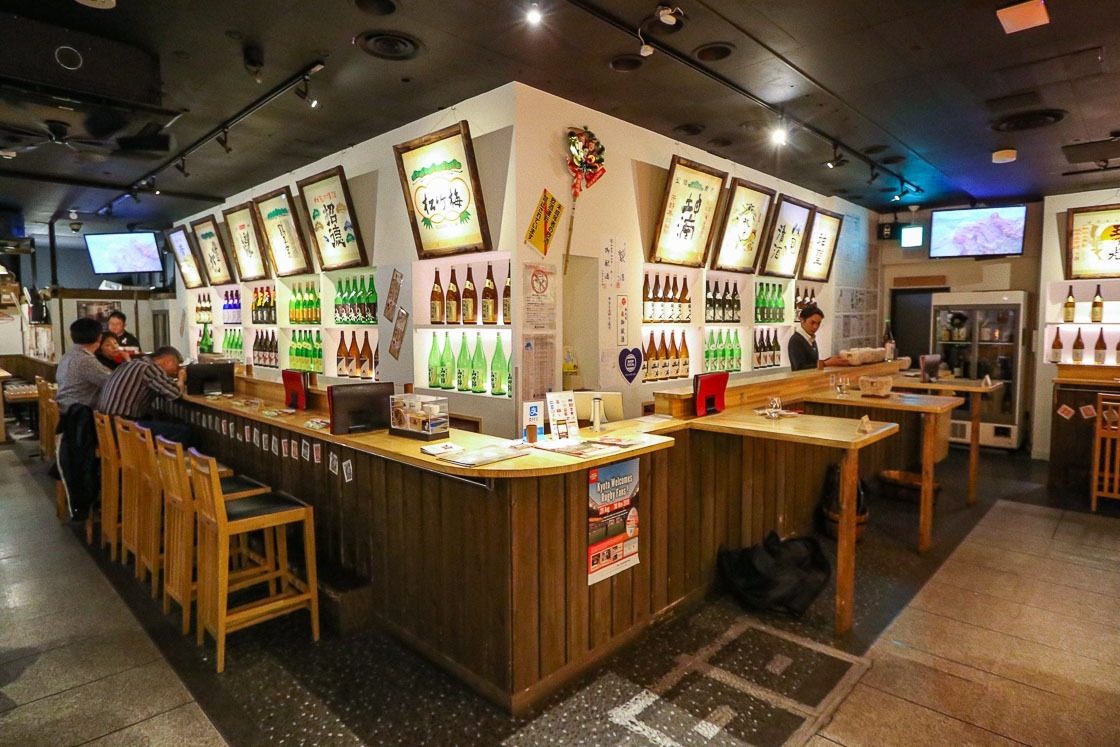
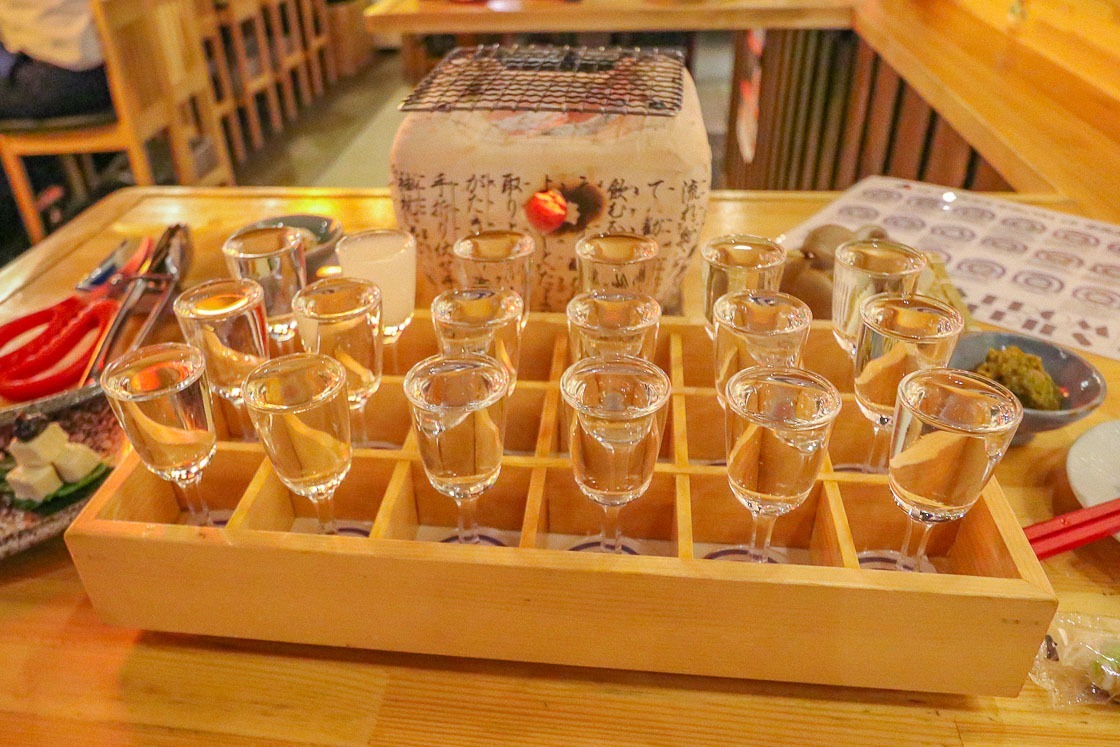
Access
Keihan Railway provides access from central Kyoto to Hieizan, Uji and Fushimi.
How to get to and around Hieizan from KIX
From Kansai Airport (KIX), take a Nankai train bound for Namba and transfer at Tengachaya to the Sakaisuji Line on the Osaka Metro to Kitahama. Change at Kitahama to the Keihan Railway and get off at Demachiyanagi Station. From there, the Eizan Line provides the connection on the train from Demachiyanagi to Yase-Hieizanguchi, then cable car from Yase to Hiei, and finally the ropeway from Hiei to Hiei-Sancho at the top of the mountain. The one way trip from KIX to the top of the mountain takes about 2.5-3 hours with good connections and costs 2810-3330 yen depending on train category.
2-3 buses per hour depart from Hiei-Sancho to the main areas of Enryakuji Temple: Todo, Enryakuji Bus Center, Saito and Yokawa. The one way bus ride from Hiei-Sancho to Yokawa, the starting point of my hike, takes about 20 minutes and costs 760 yen. A one day pass is available for 1000 yen.
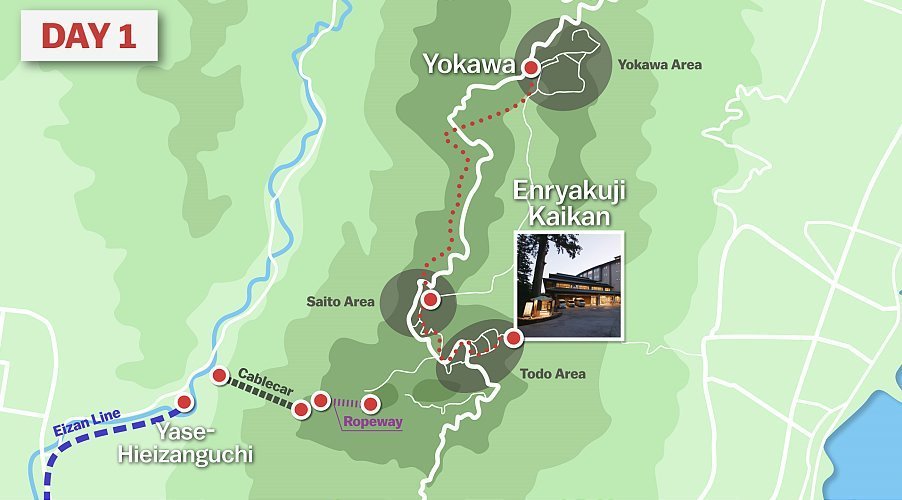
How to get to and around Uji from Hieizan
Backtrack down the mountain to Demachiyanagi Station. From there, take the Keihan Line with a transfer at Chushojima to the Keihan Uji Line to Obaku Station (about 30 minutes, 400 yen one way). From there, it is about a five minute walk to Mampukuji Temple.
From Obaku Station, take the Keihan Uji Line bound for Uji and get off at the terminus (4 minutes, 160 yen one way). Central Uji, where Uji Bridge, Byodoin Temple and Nakamura Tokichi are located, is relatively compact, and all these spots are within a 10-minute walk from Uji Station.
How to get to and around Fushimi from Uji
From Uji Station, take the Keihan Uji Line to Chushojima and change to the Keihan Line and get off at Fushimi-Momoyama Station. The one way trip from Uji to Fushimi-Momoyama takes about 20 minutes and costs 270 yen. Fushimi Sakagura Koji is less than a ten minute walk from the station through the covered shopping arcade.
